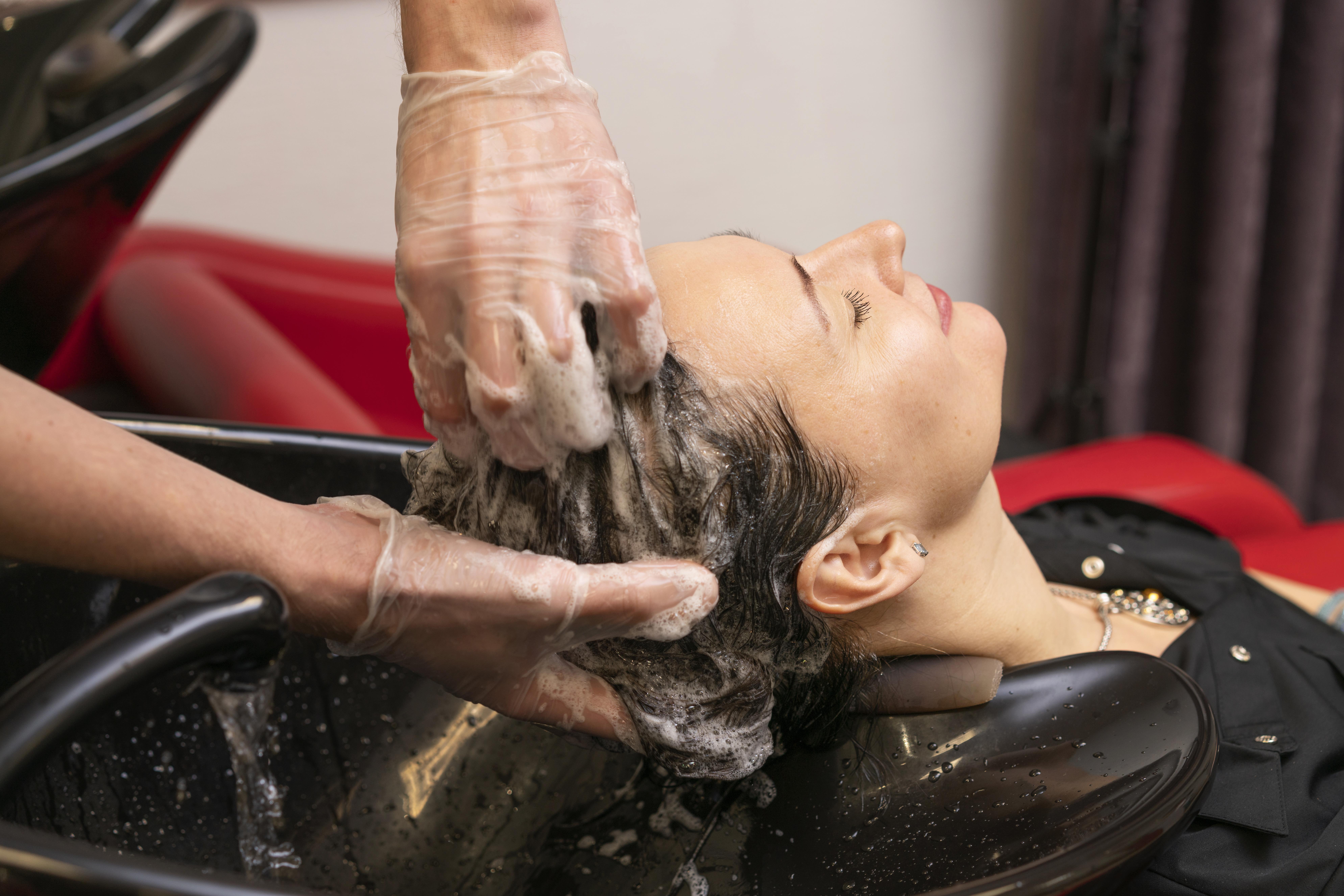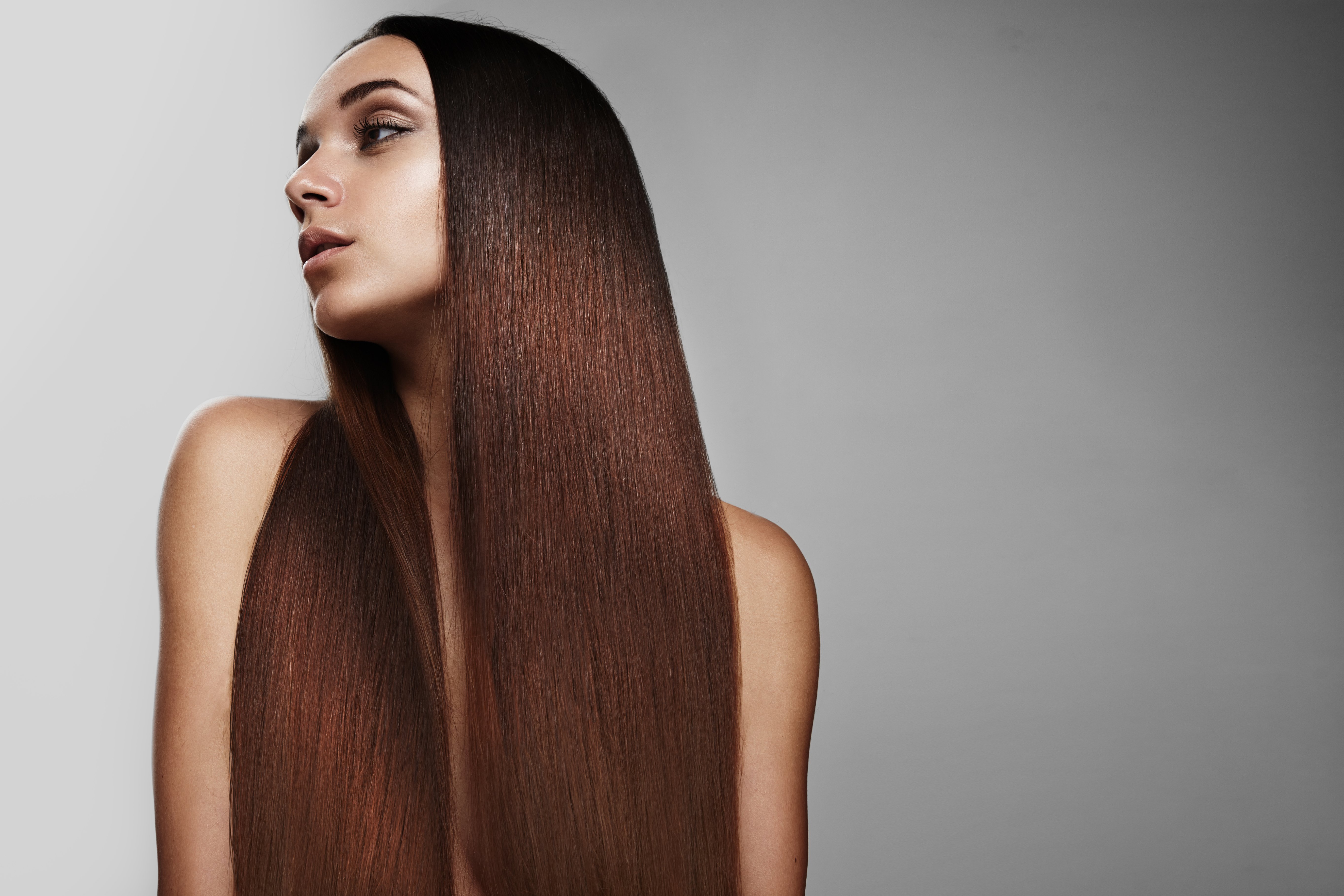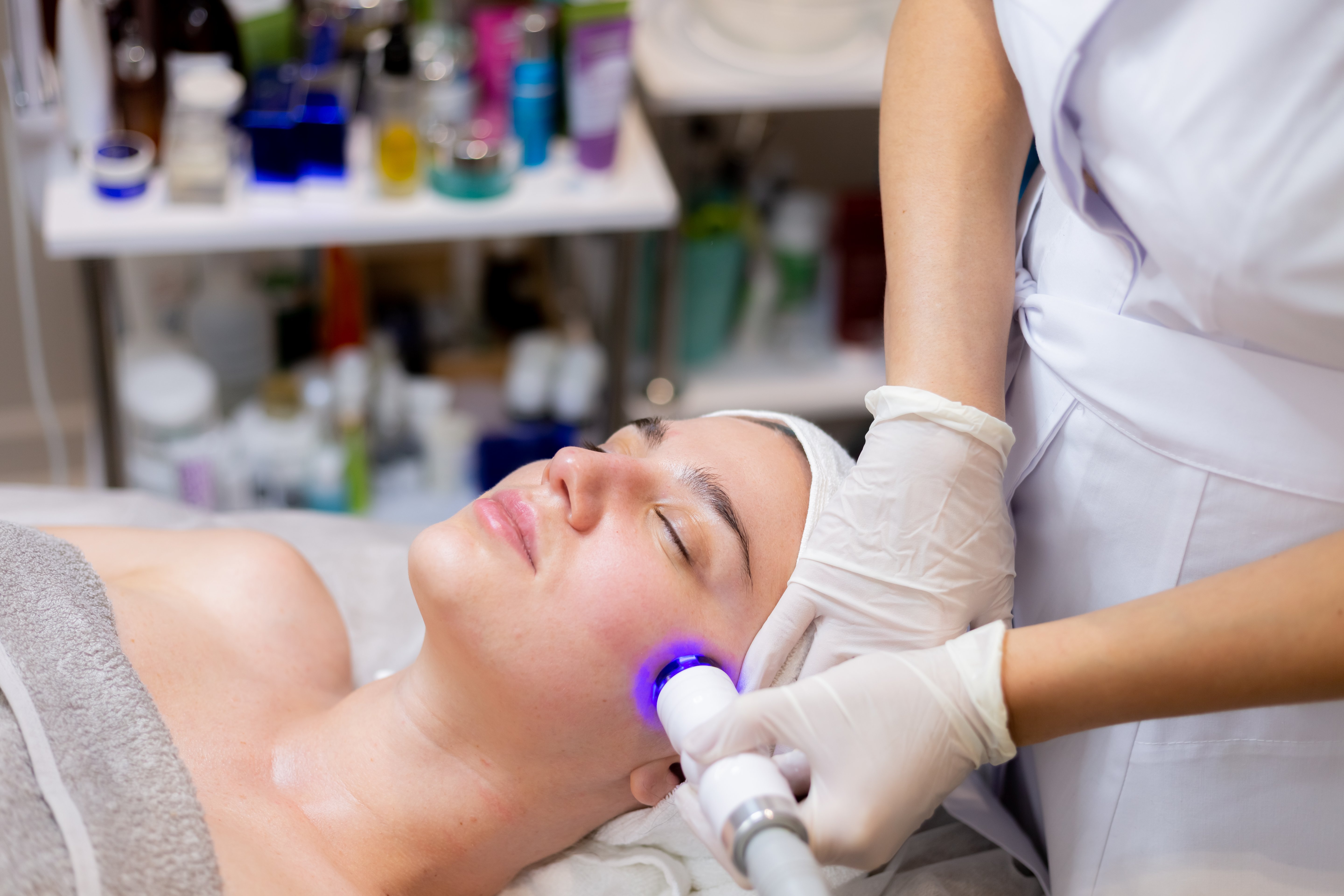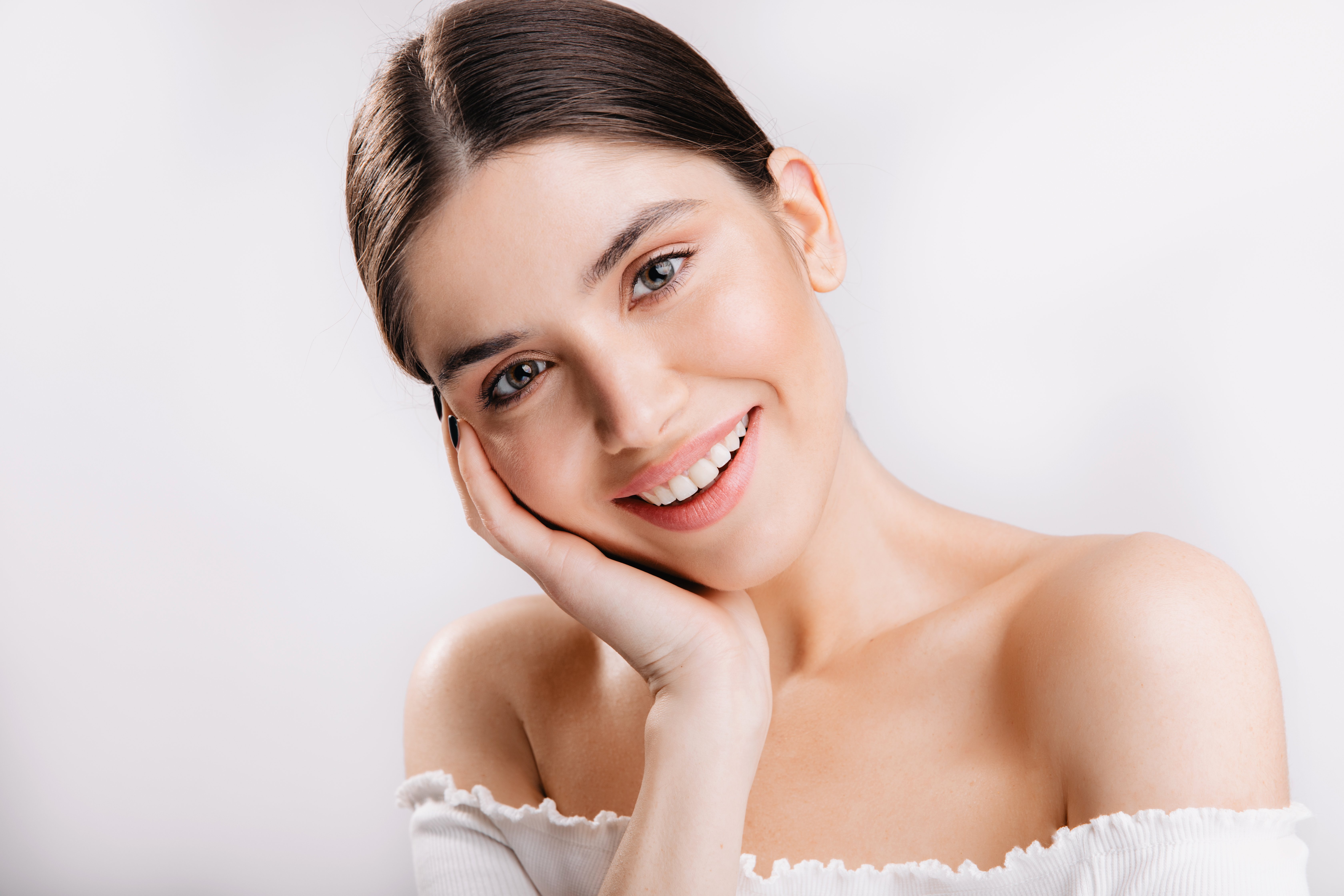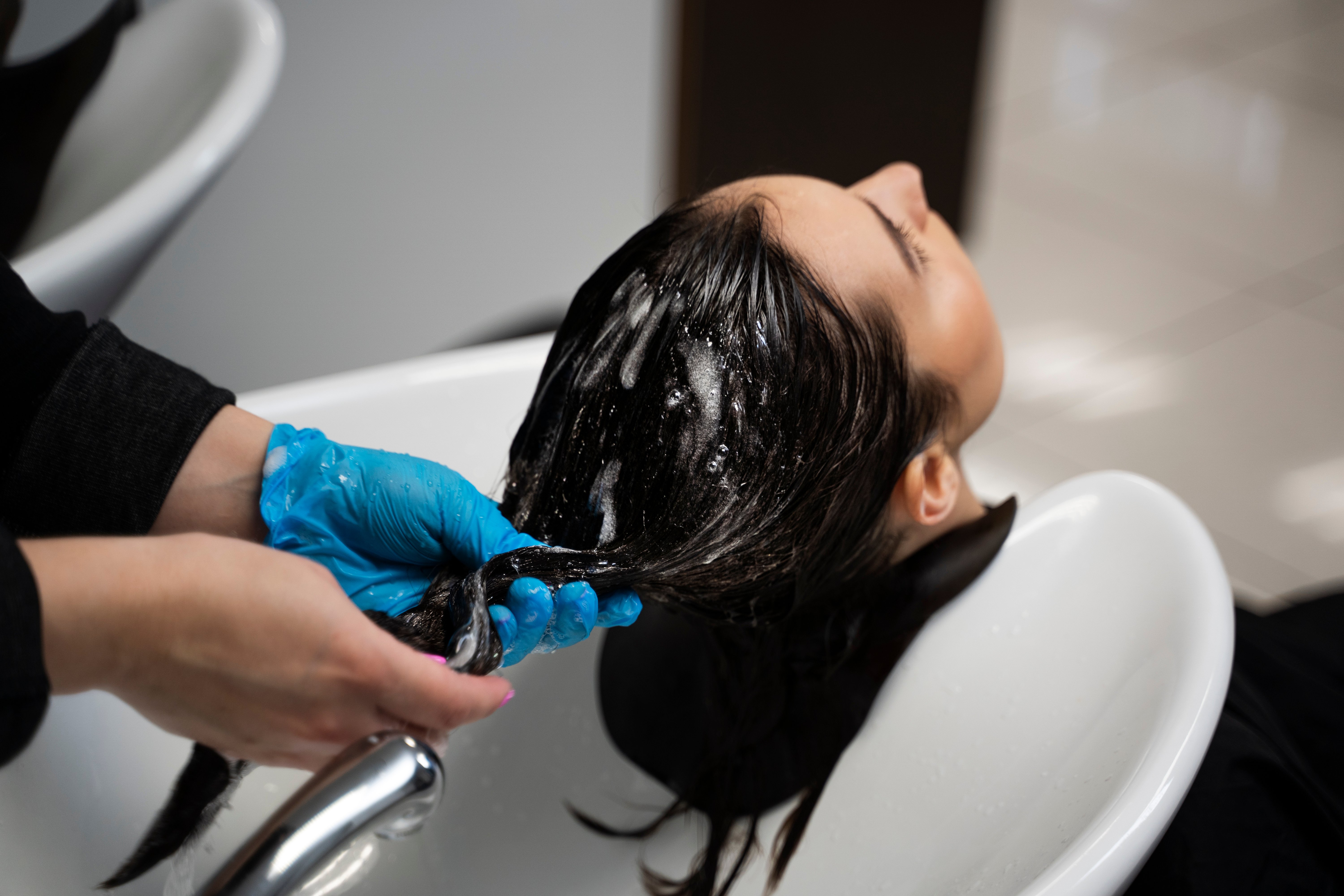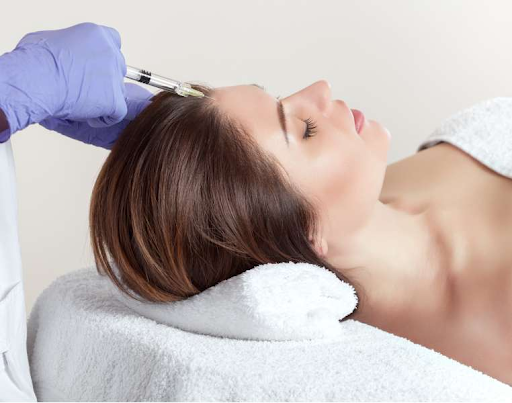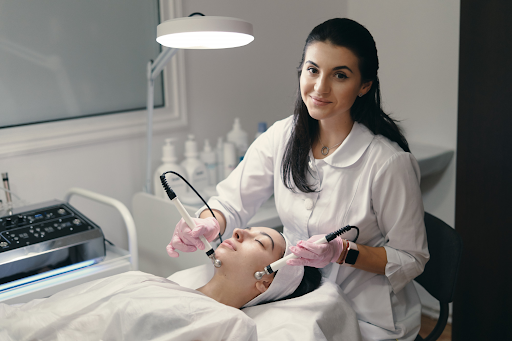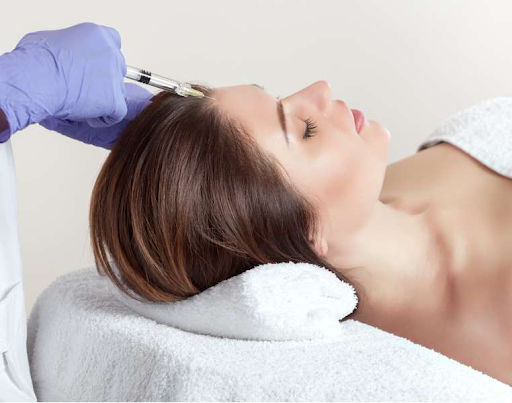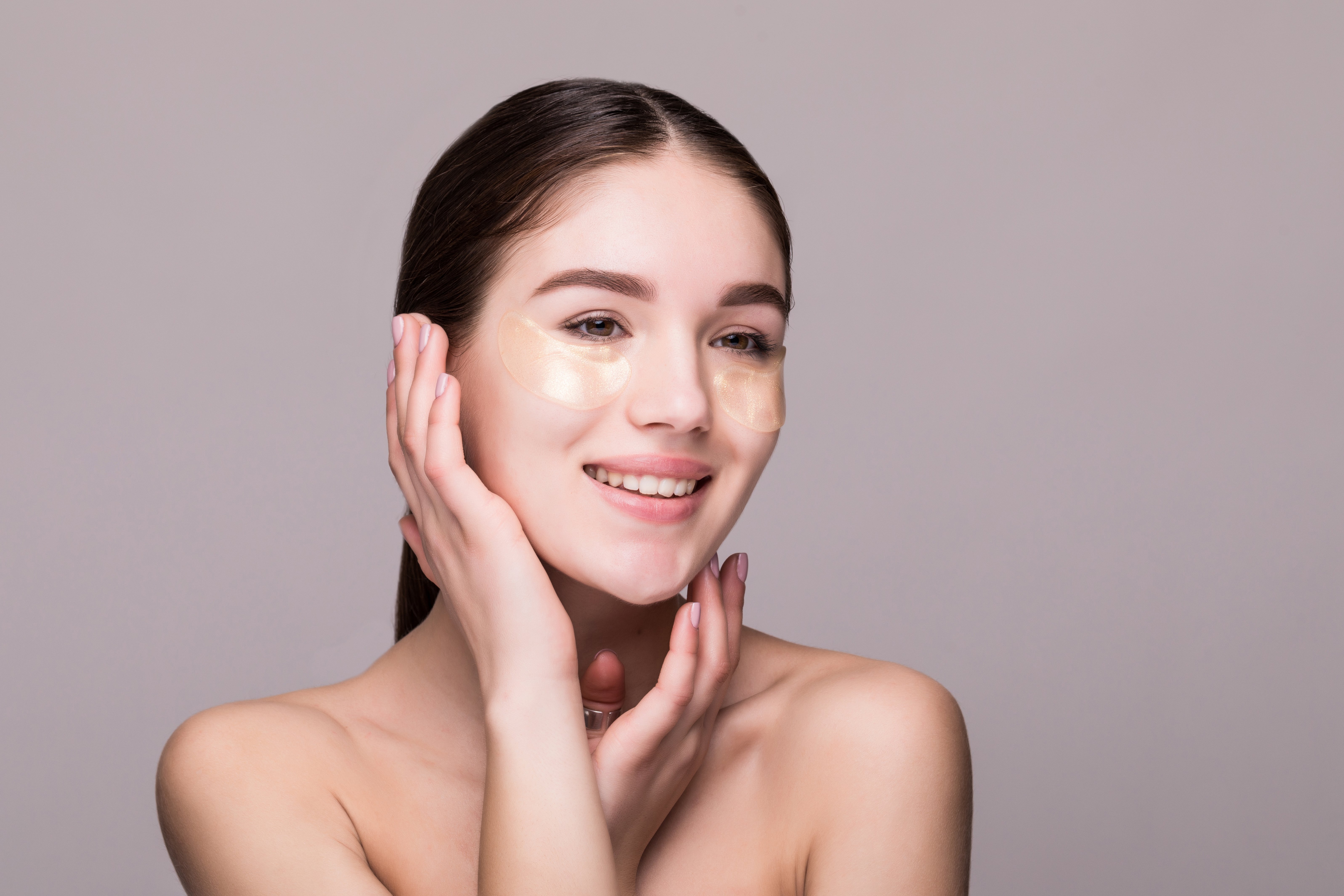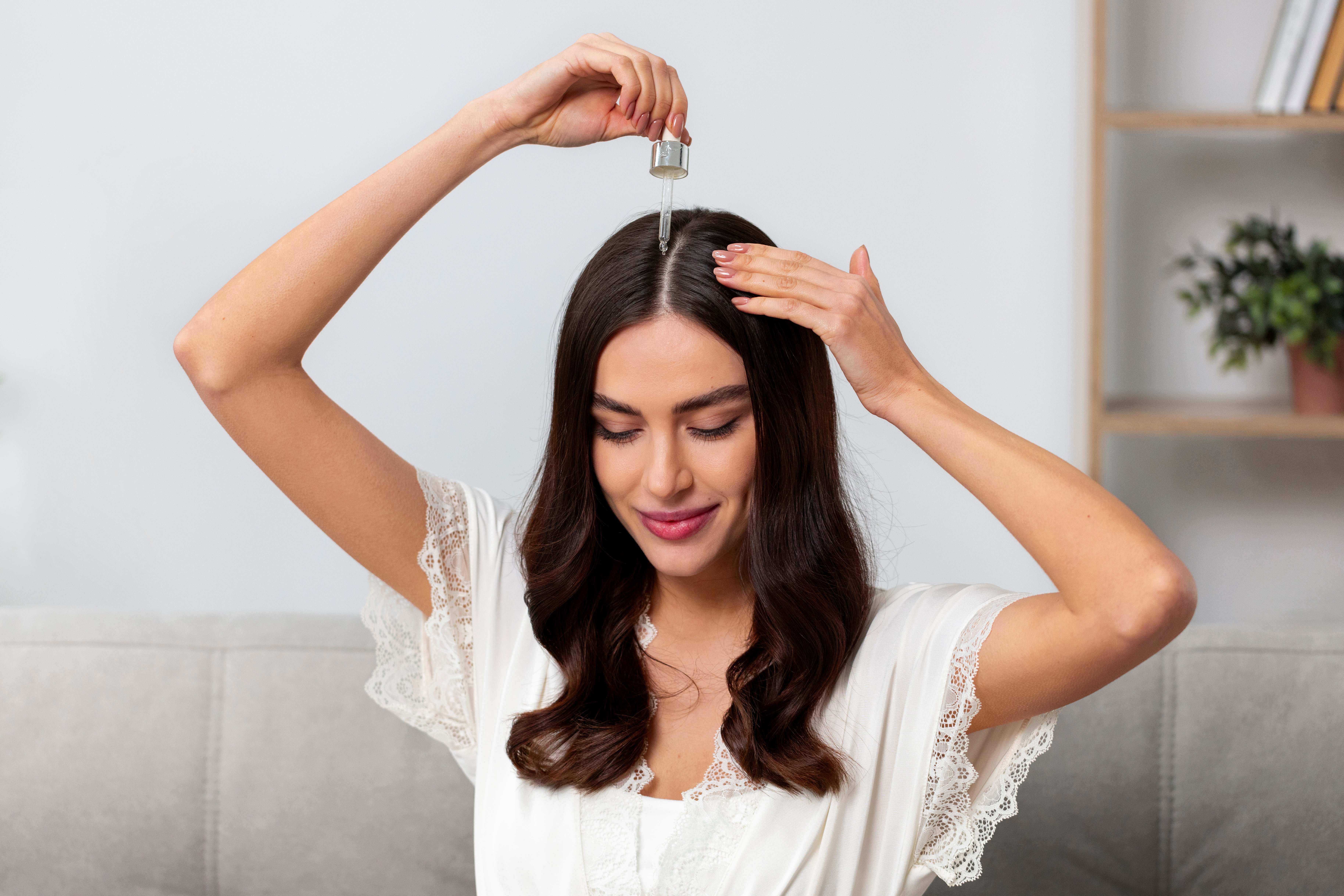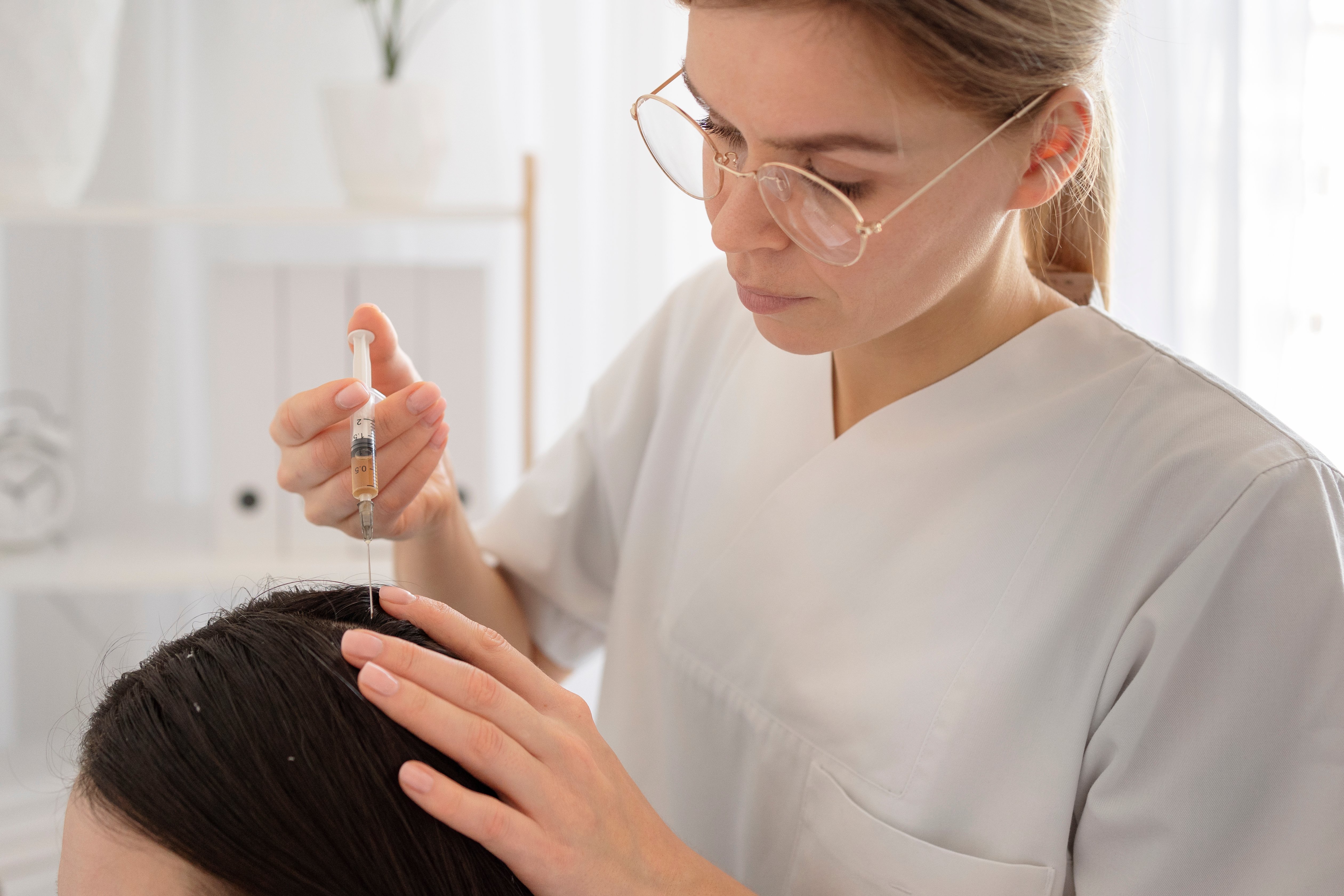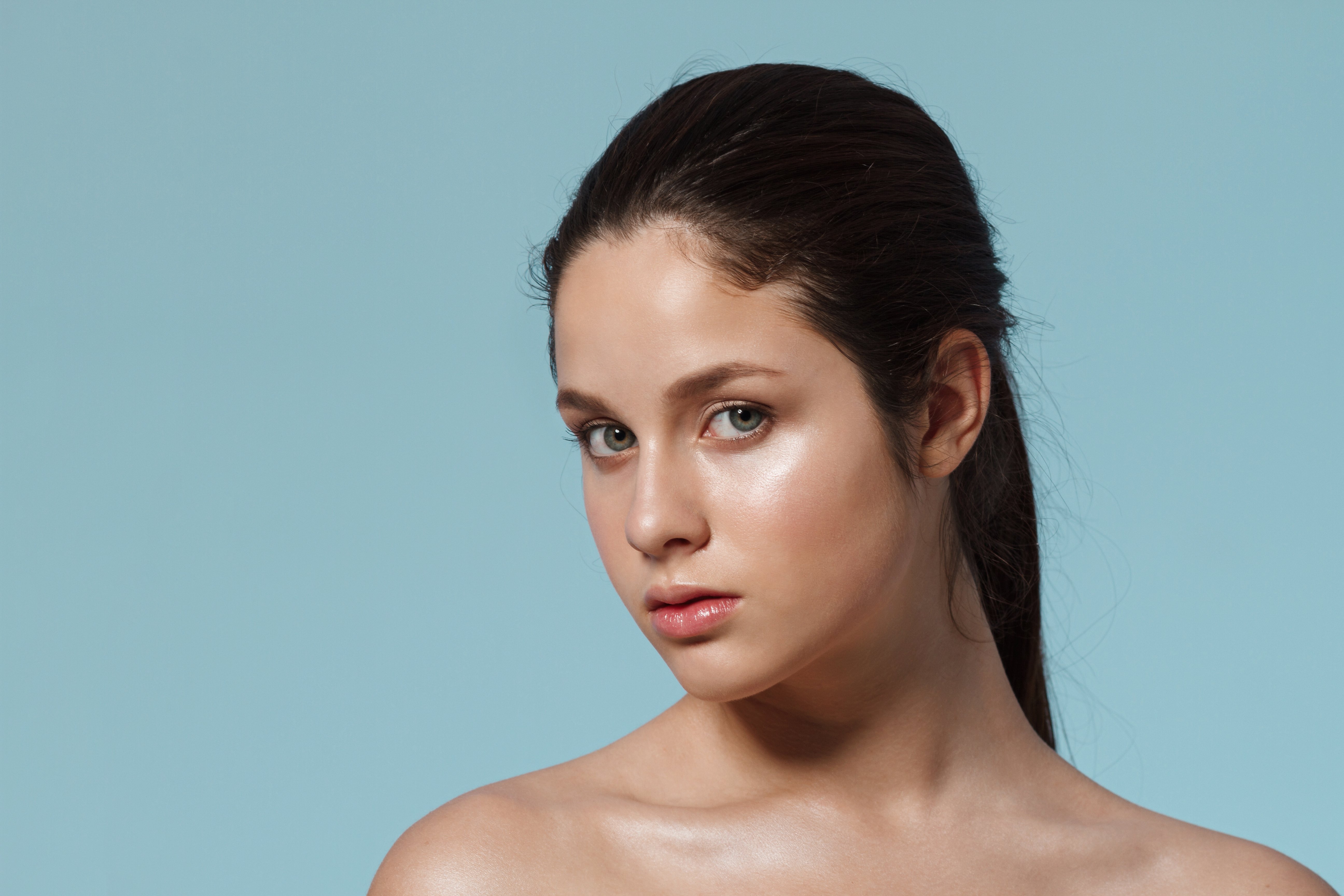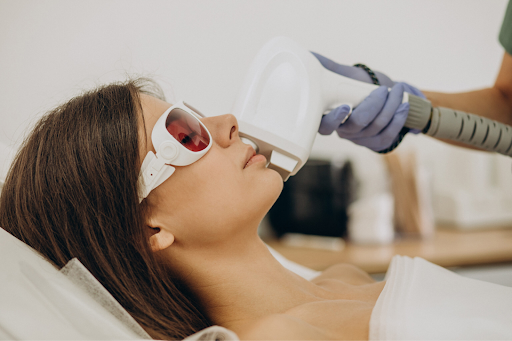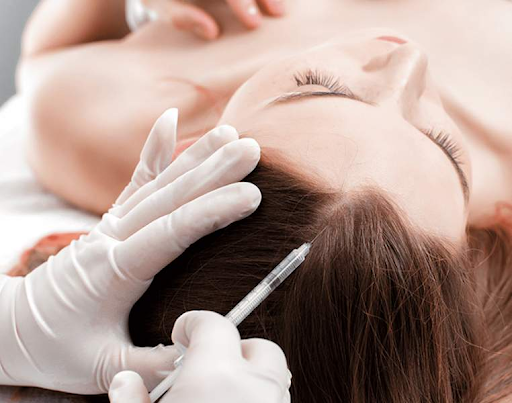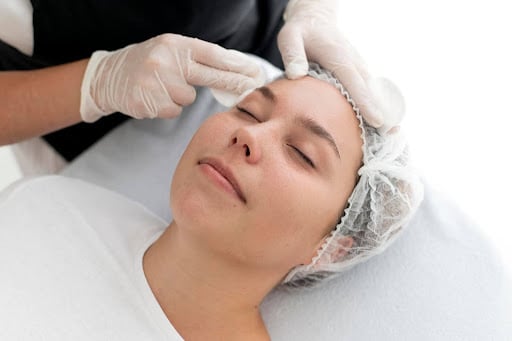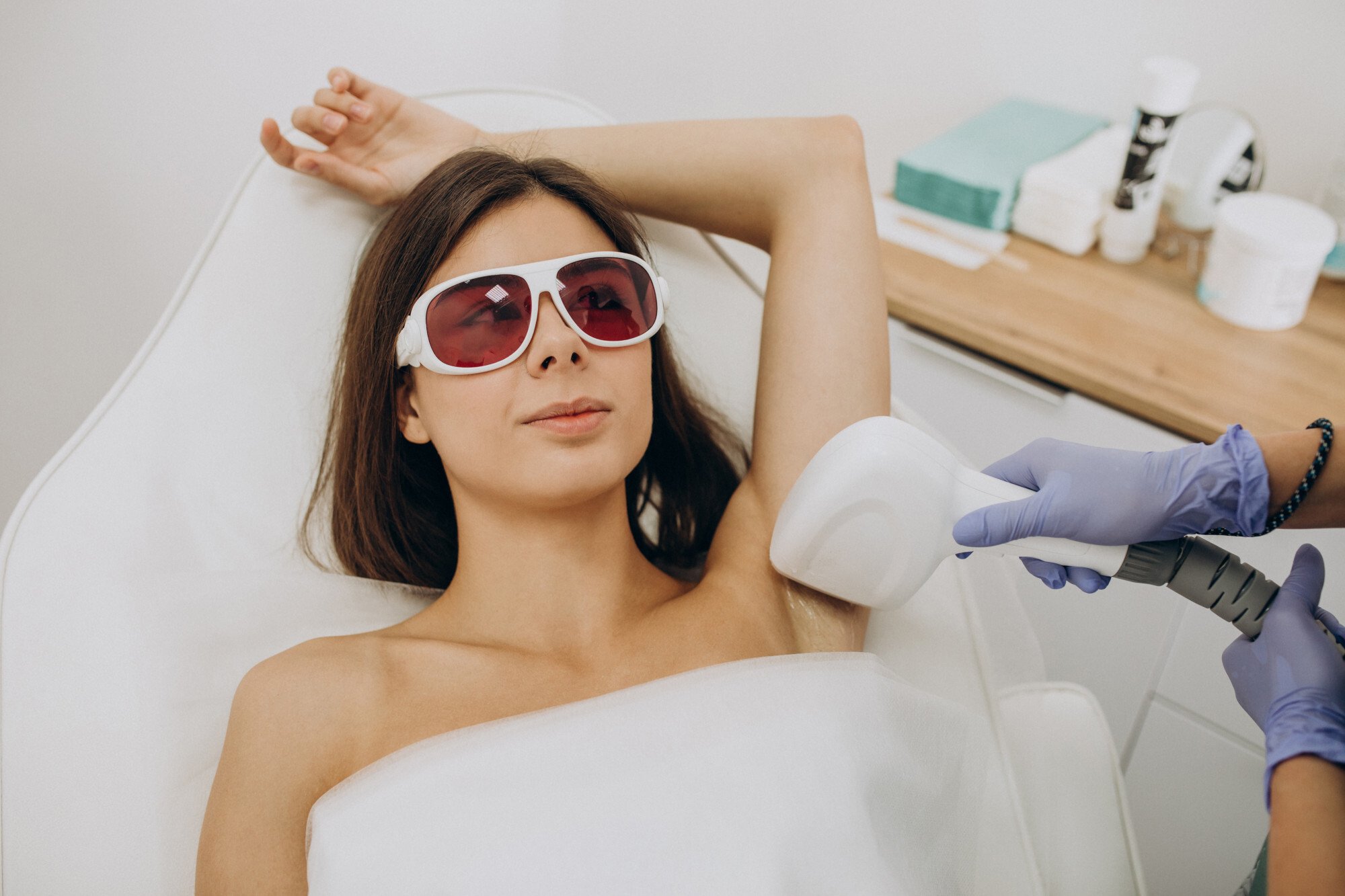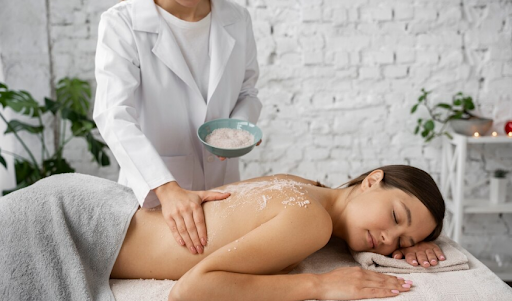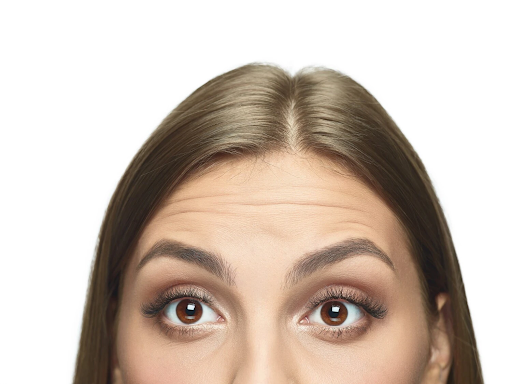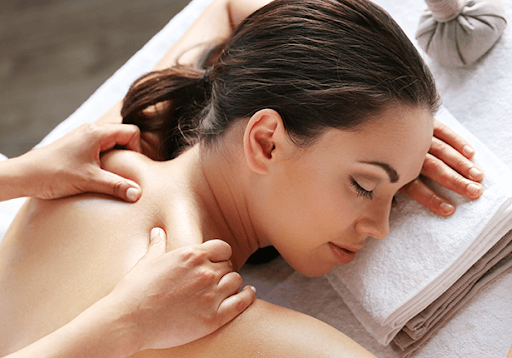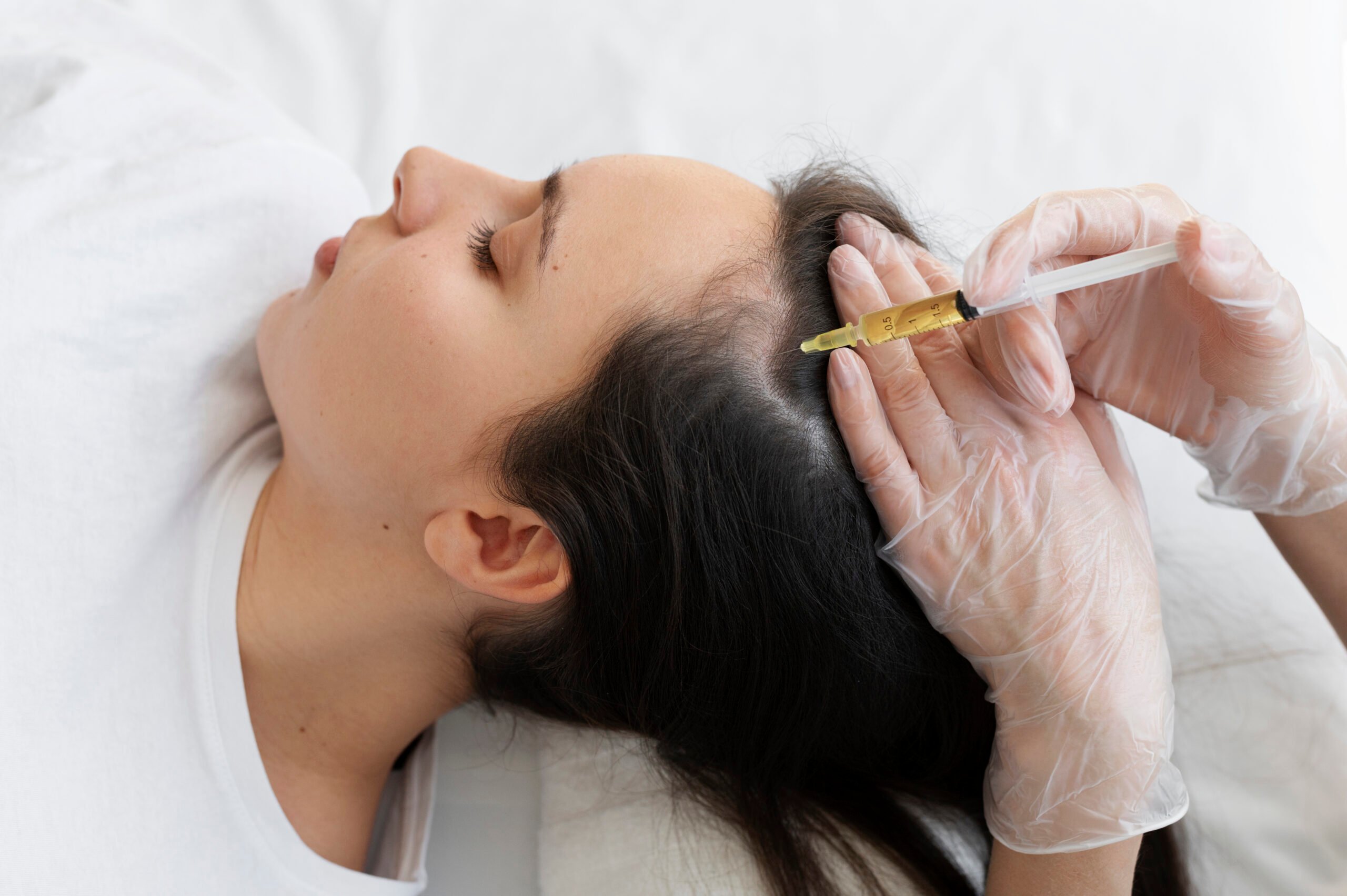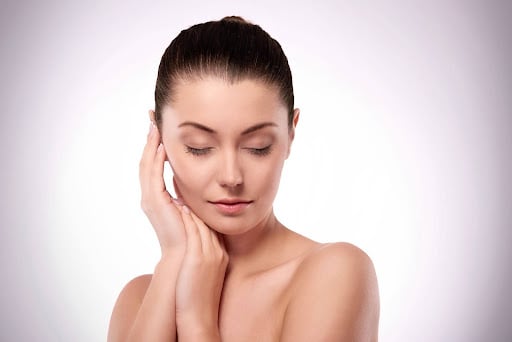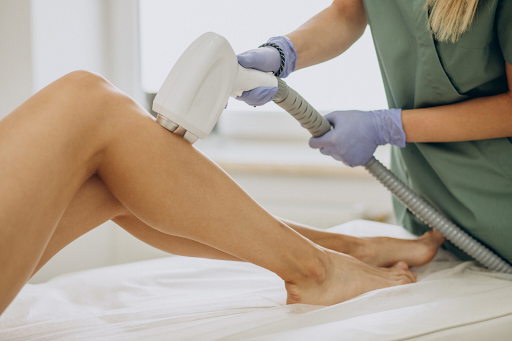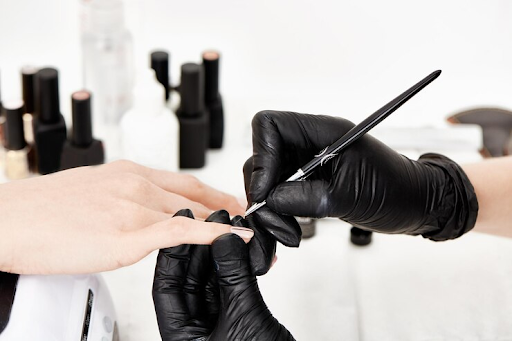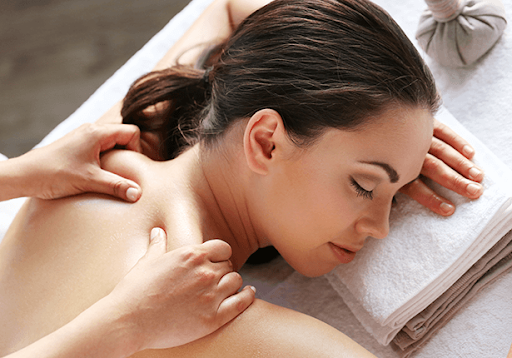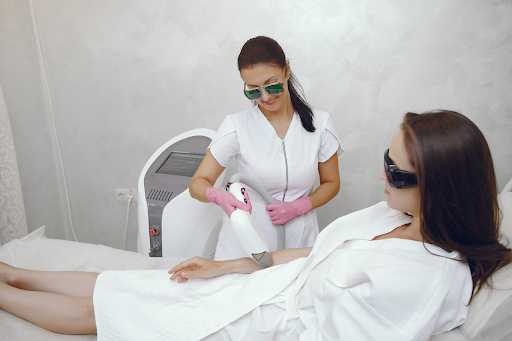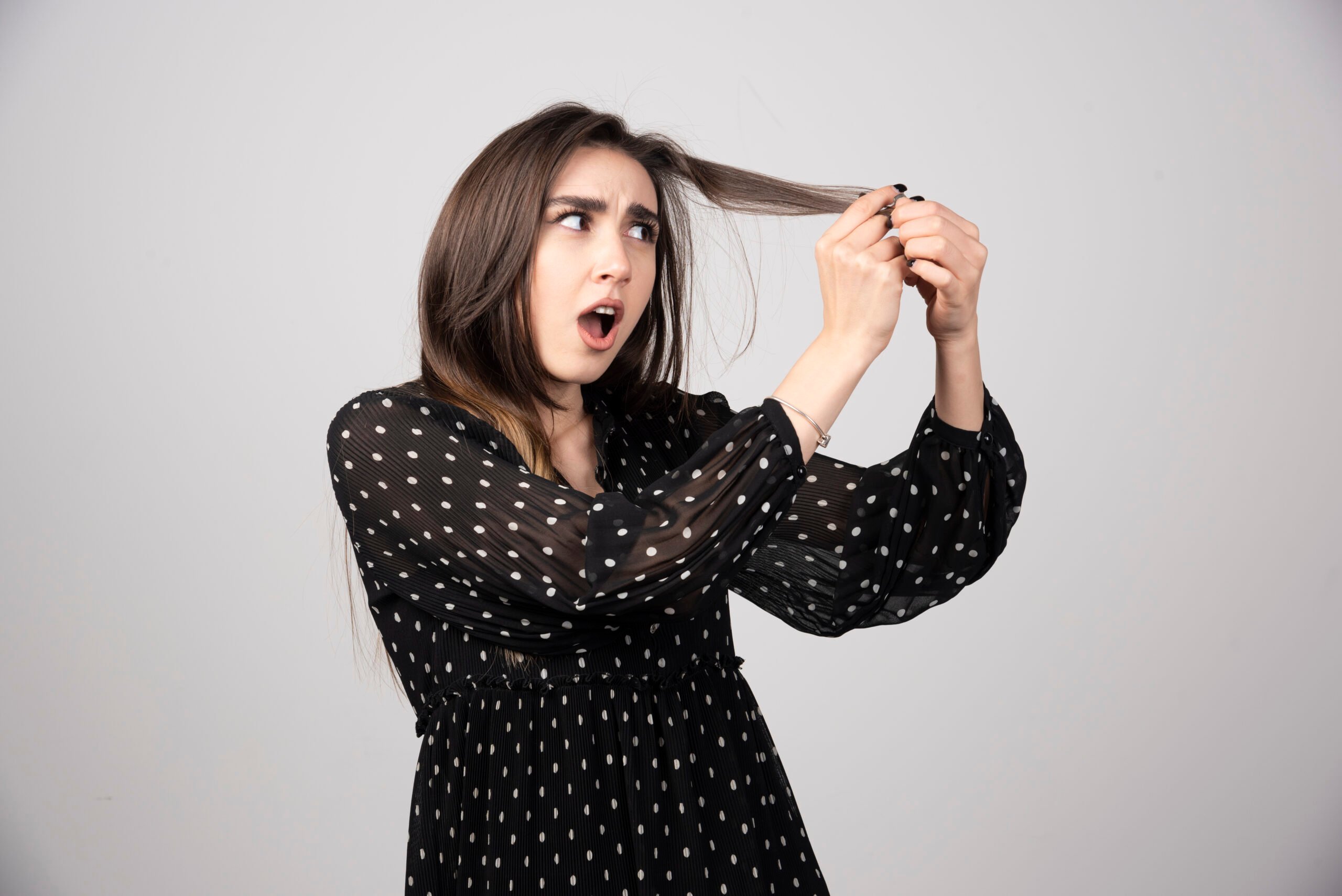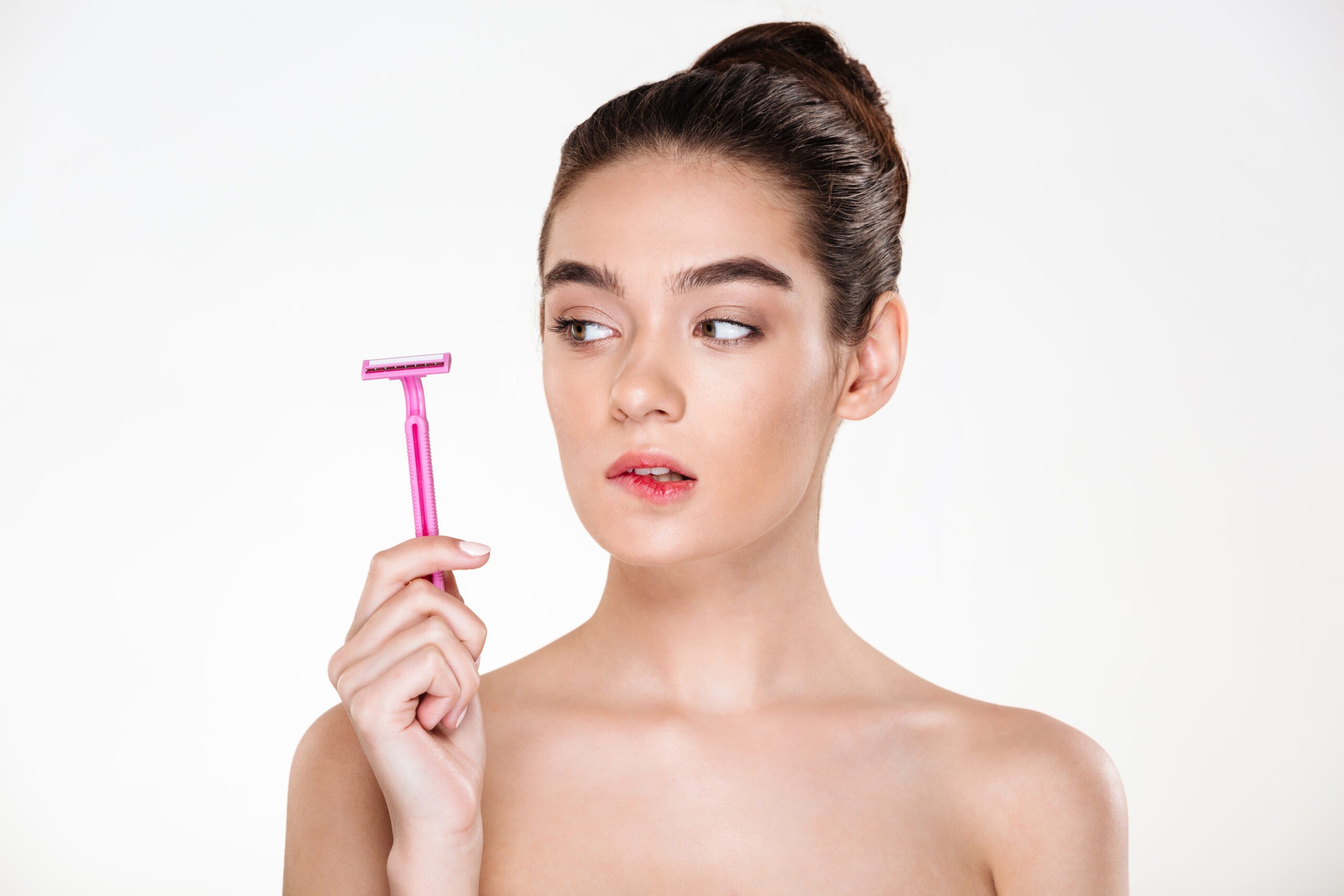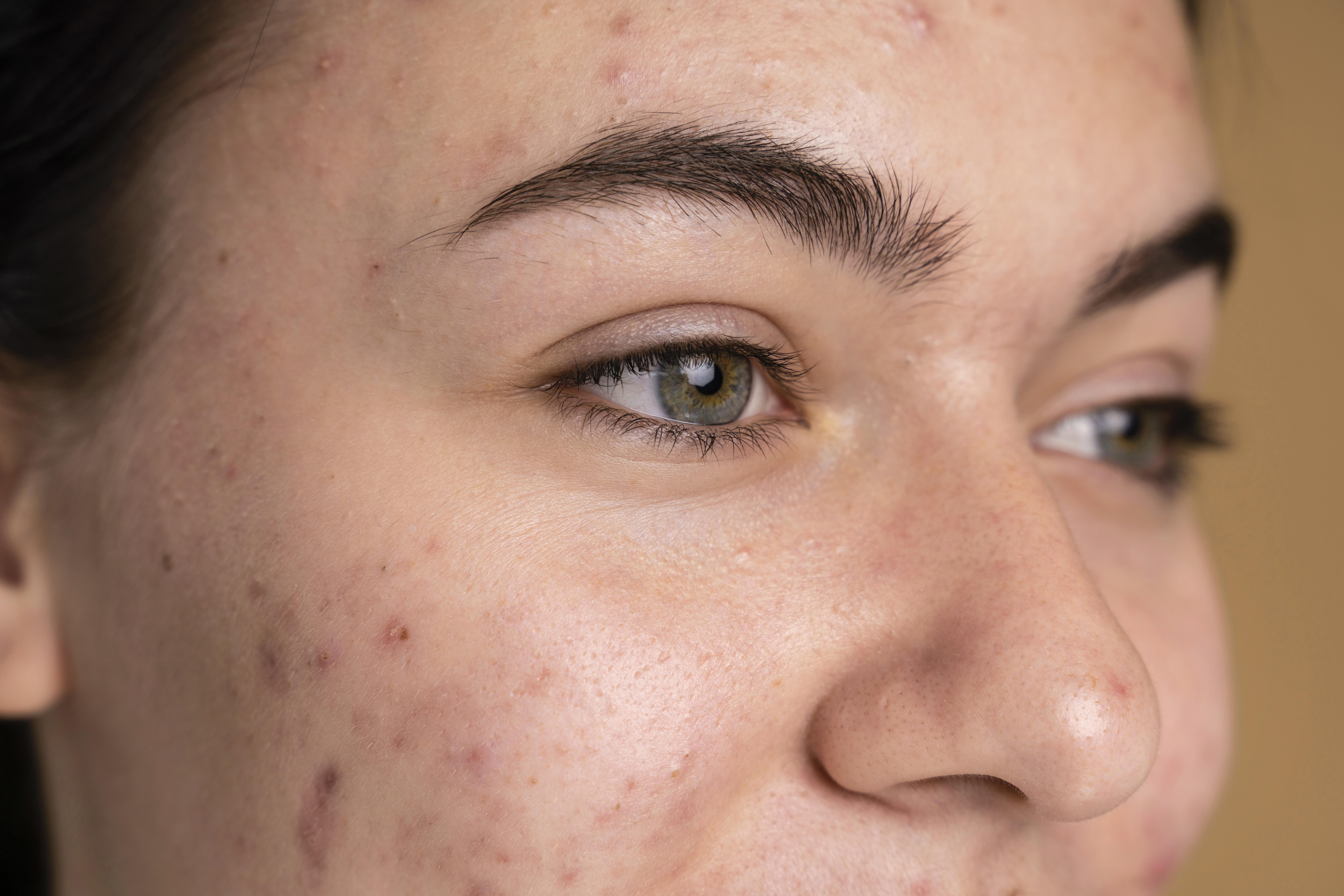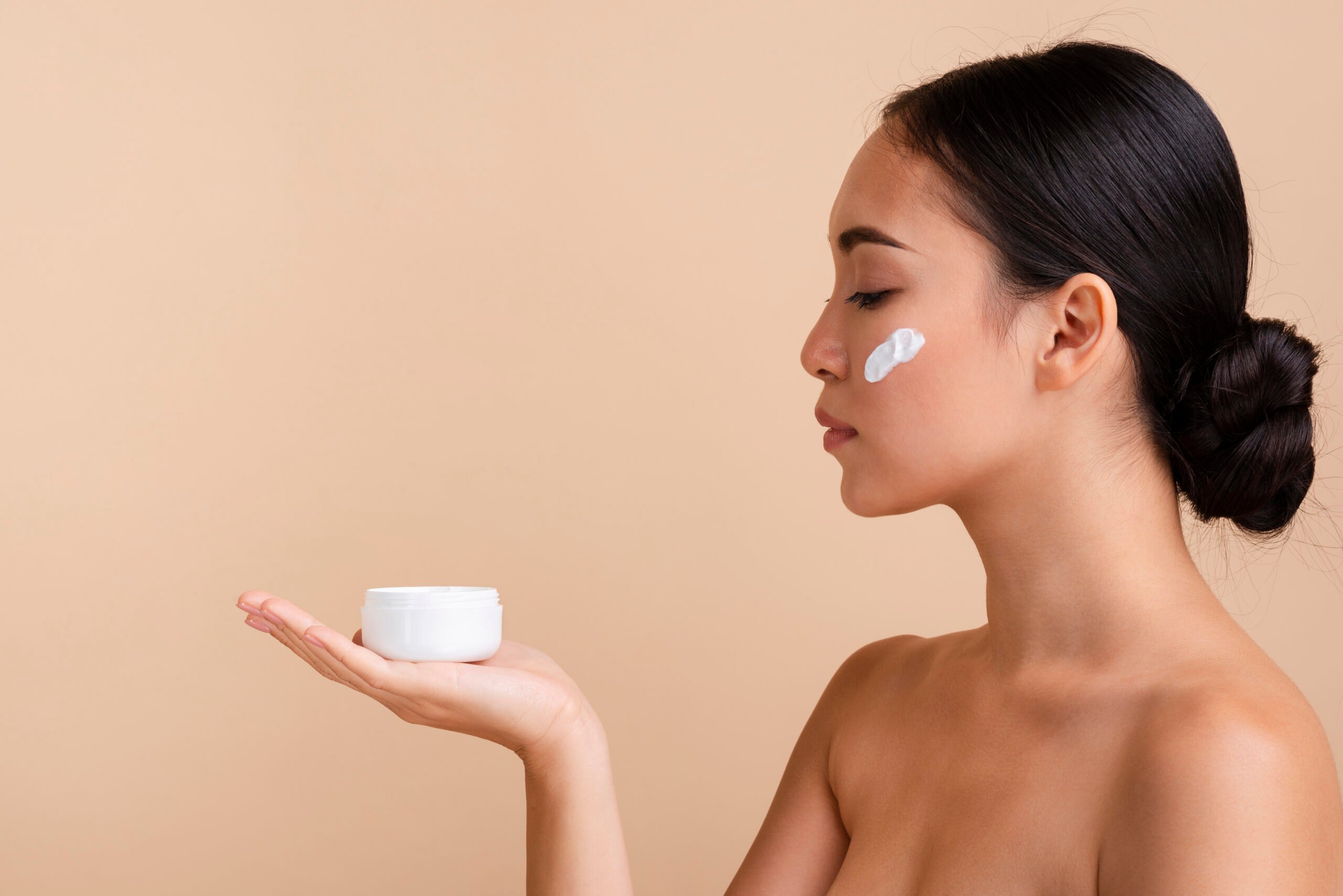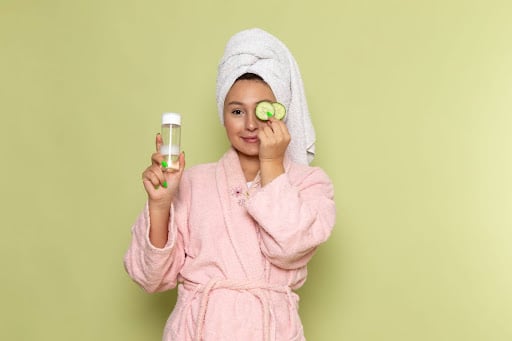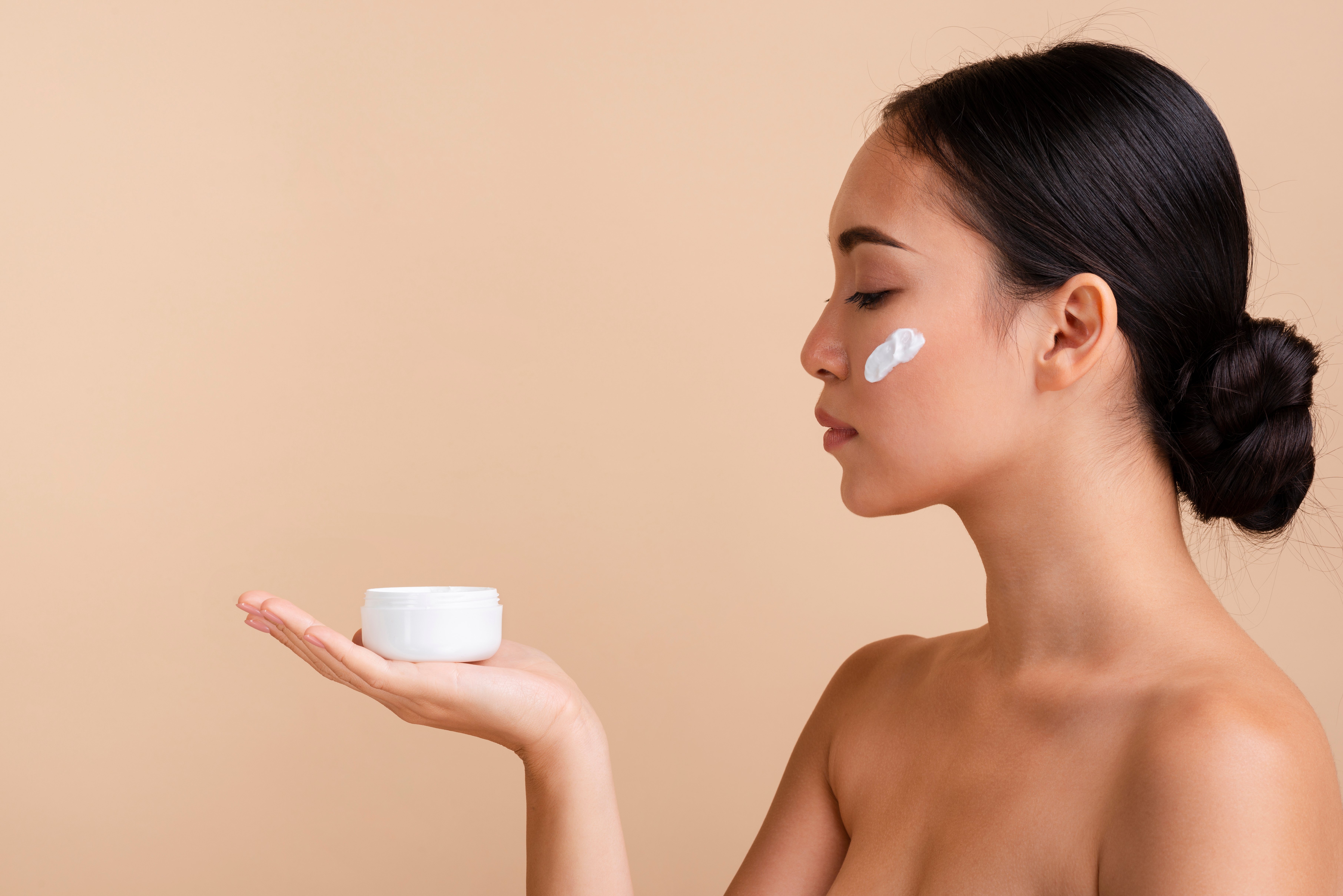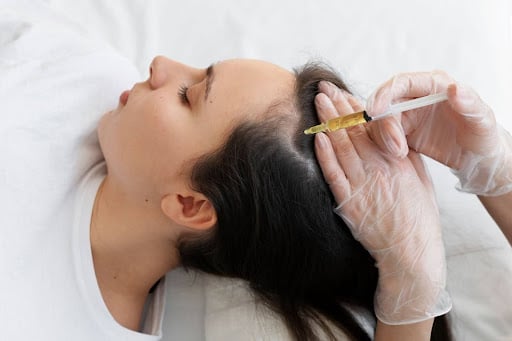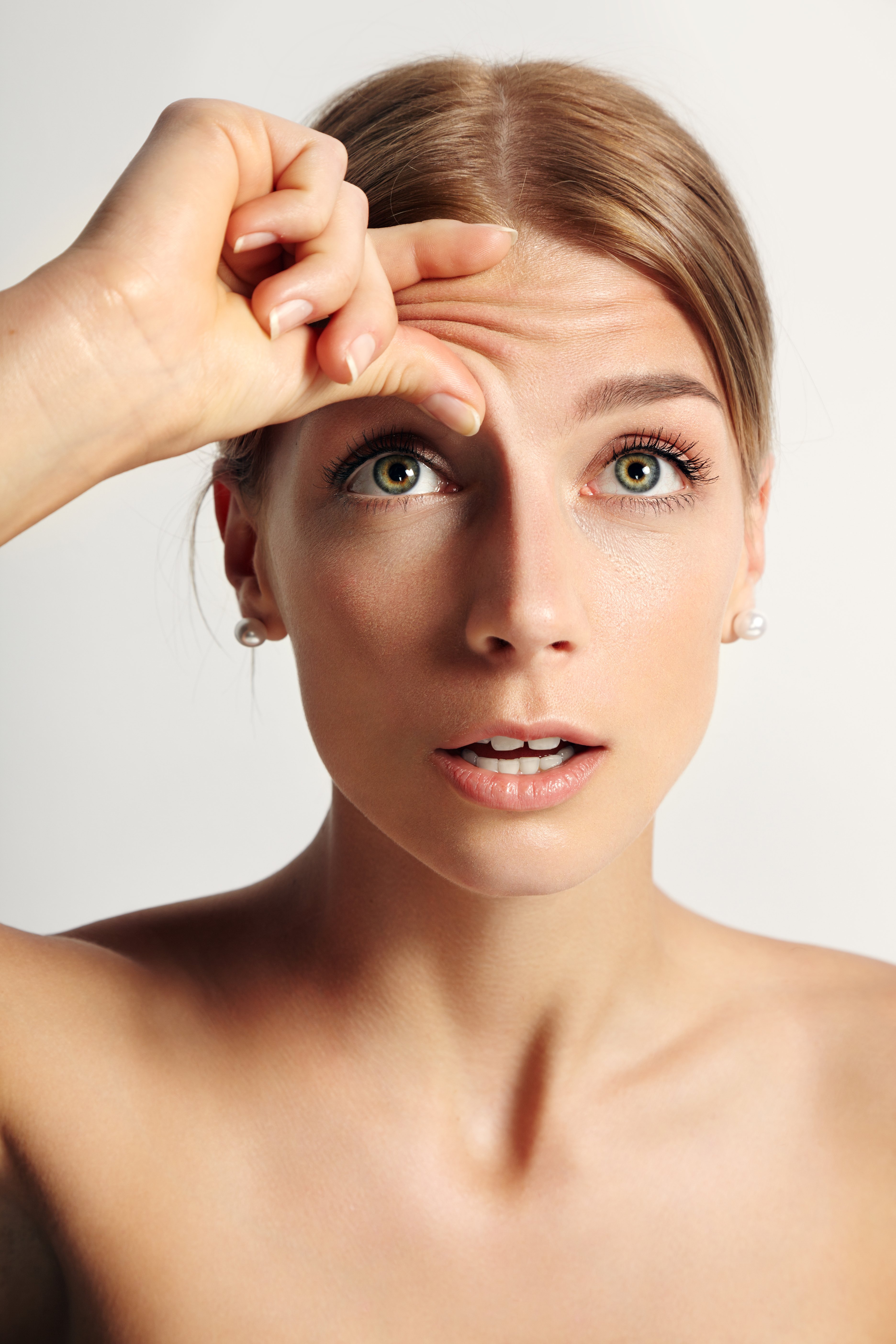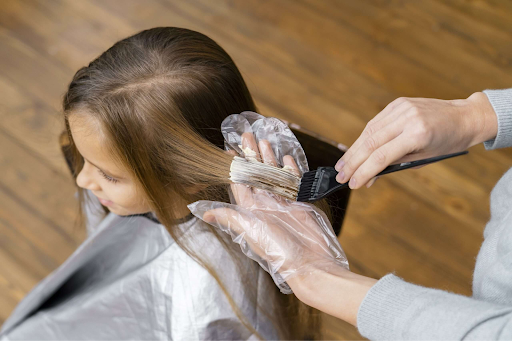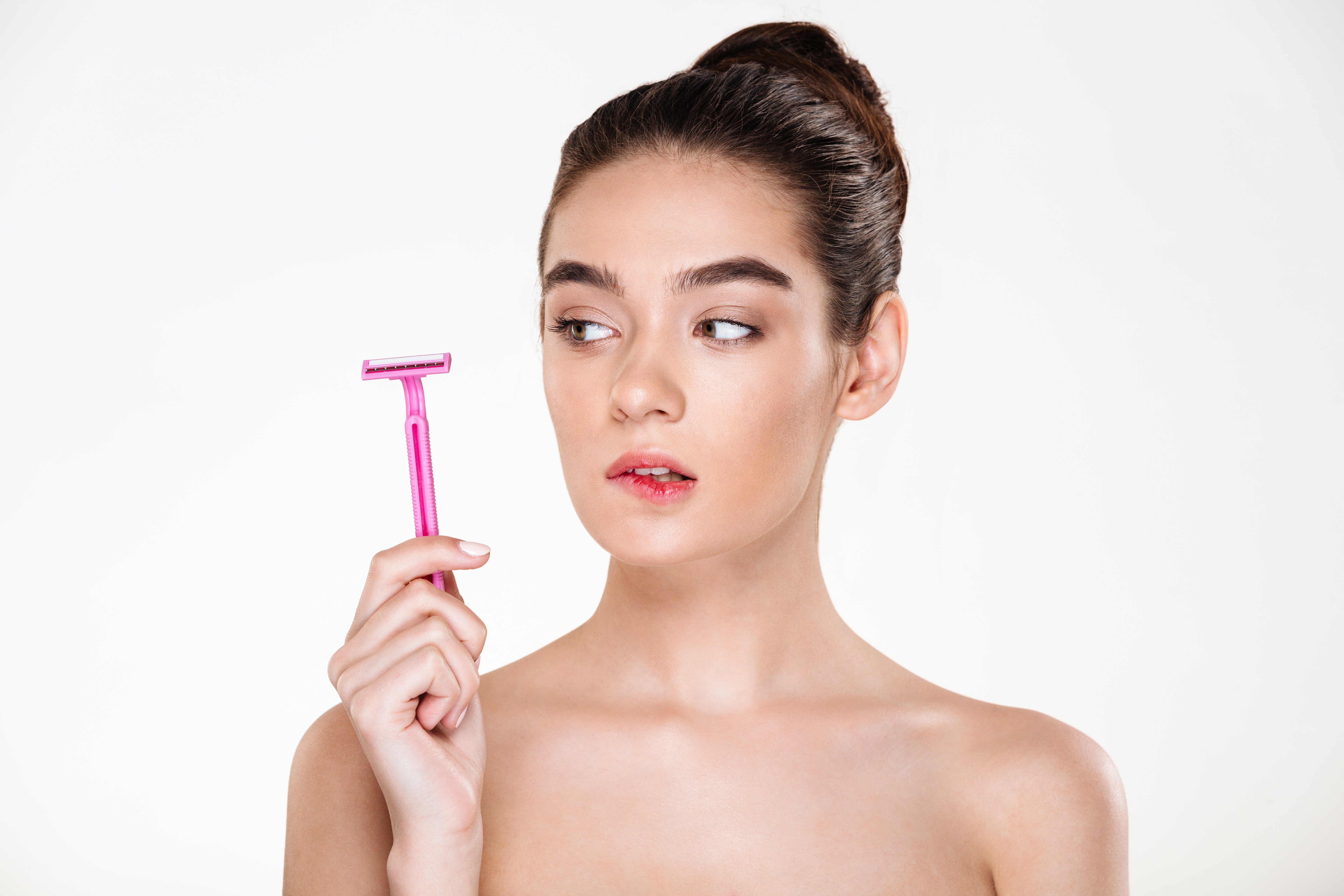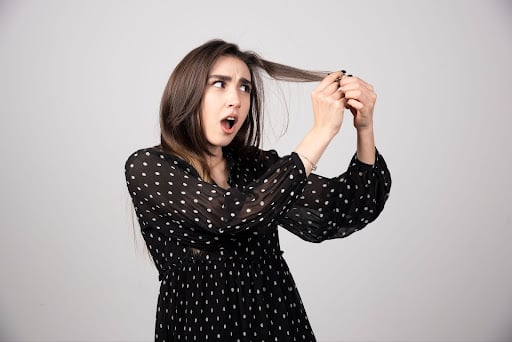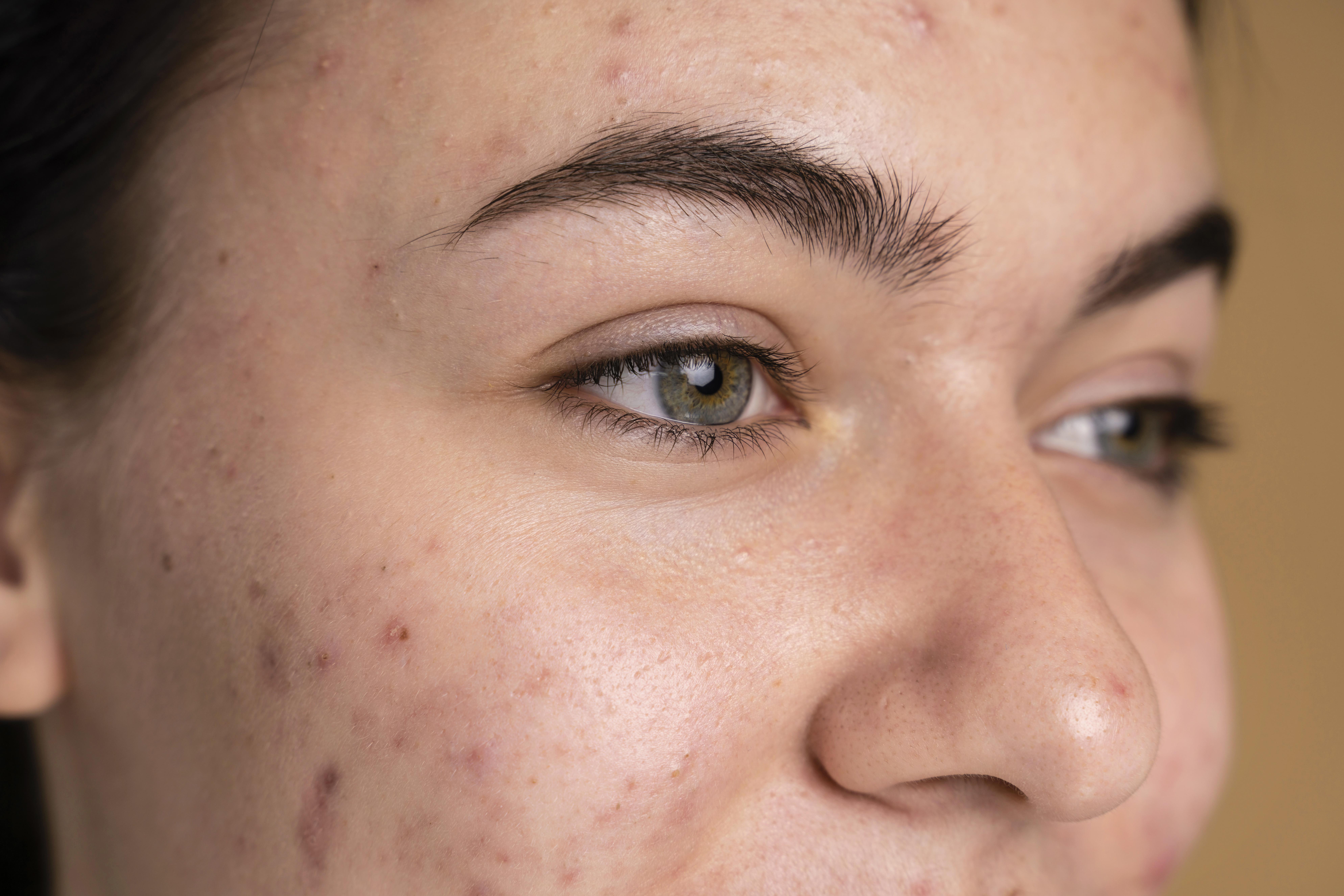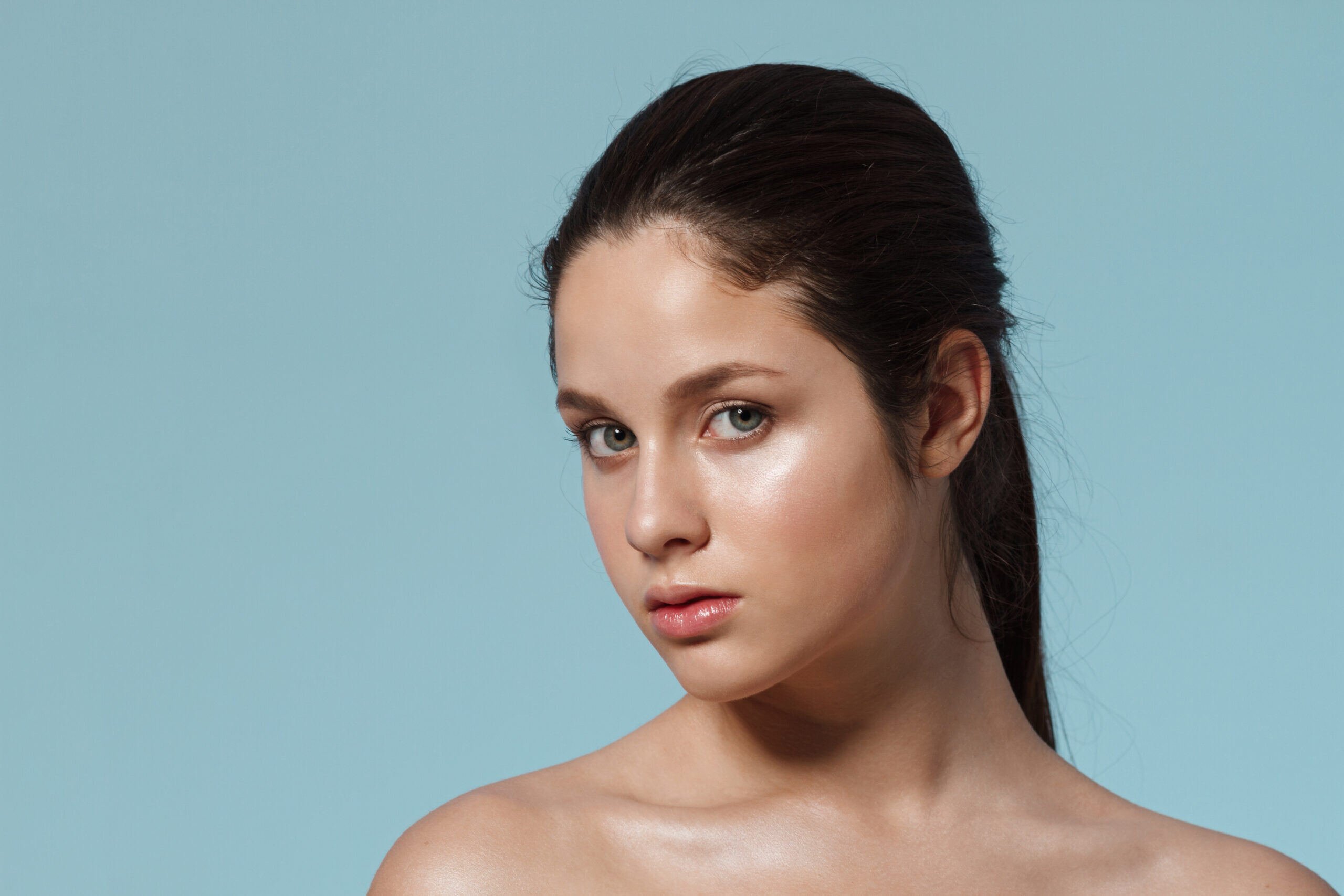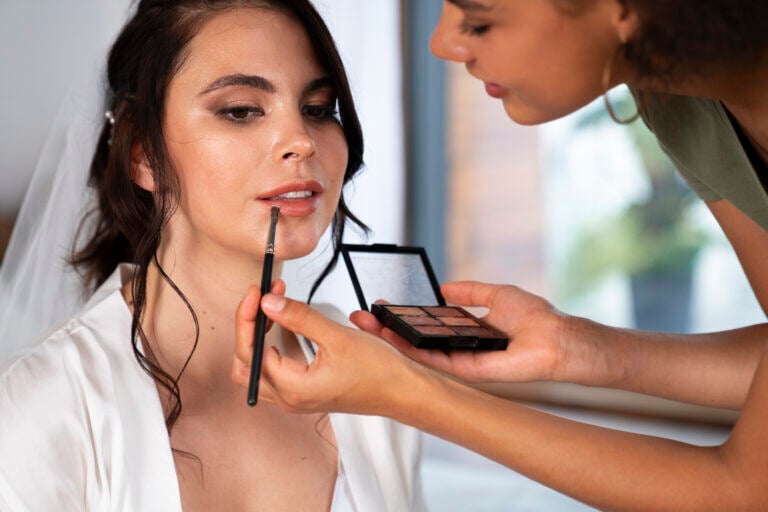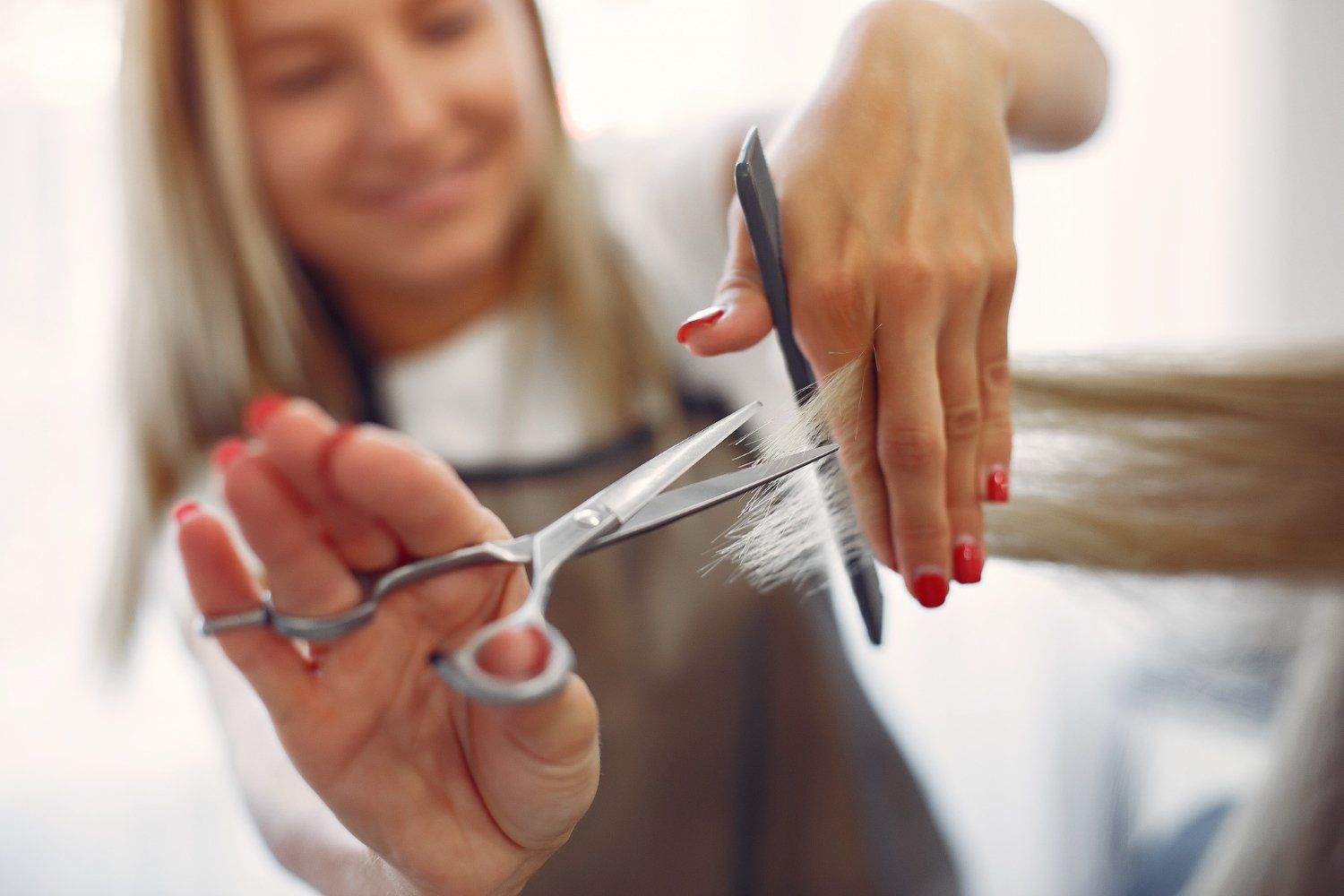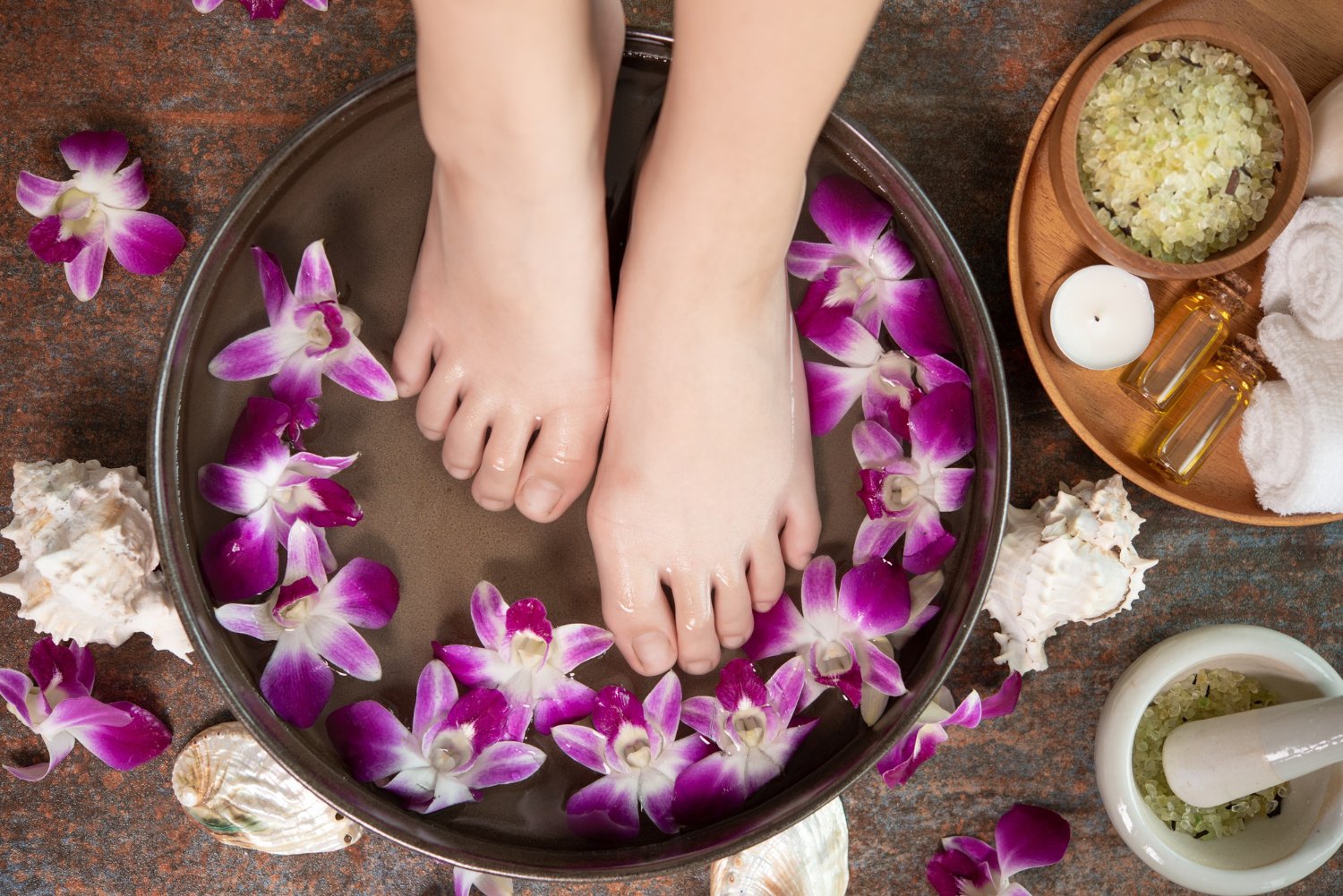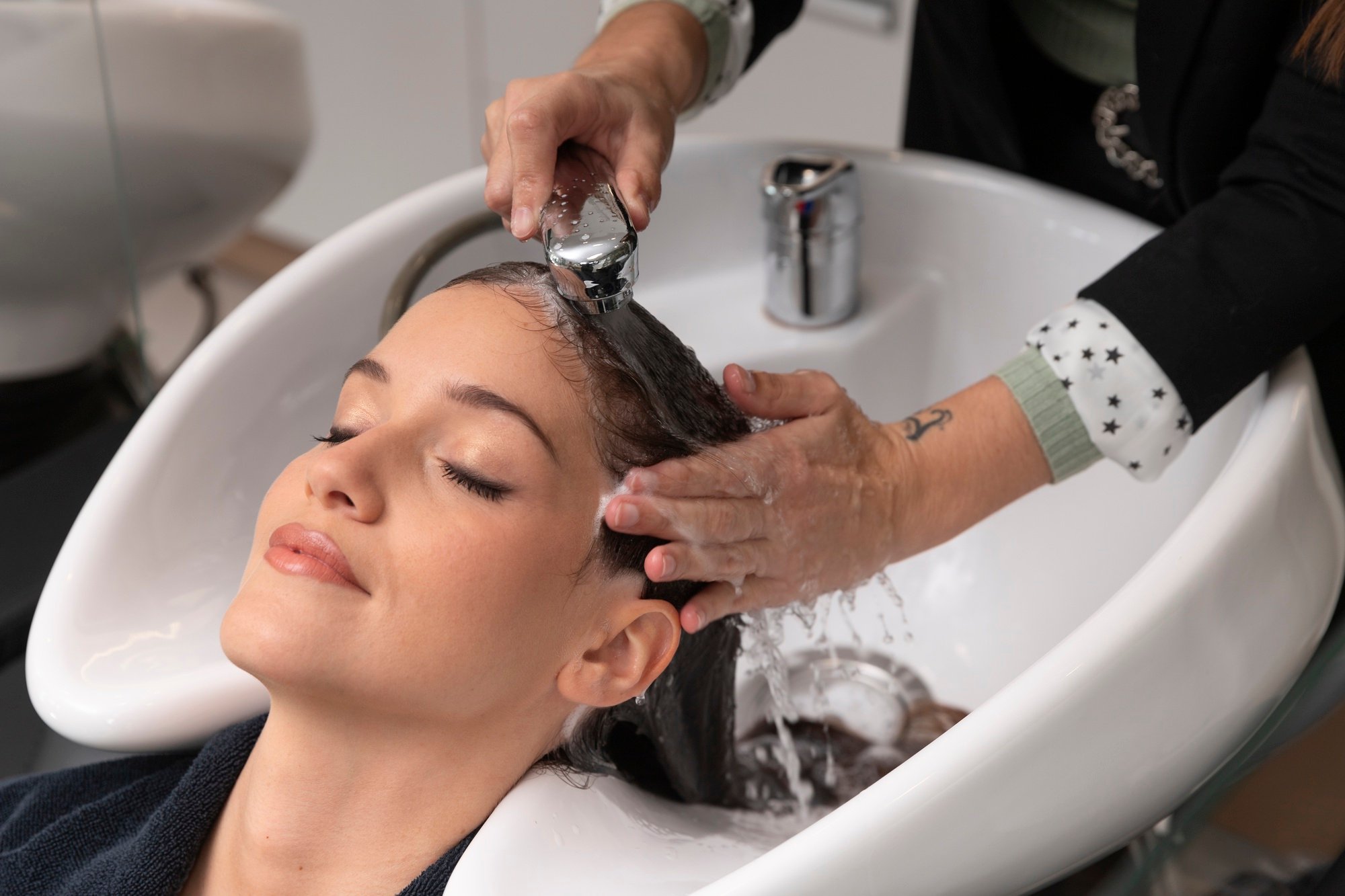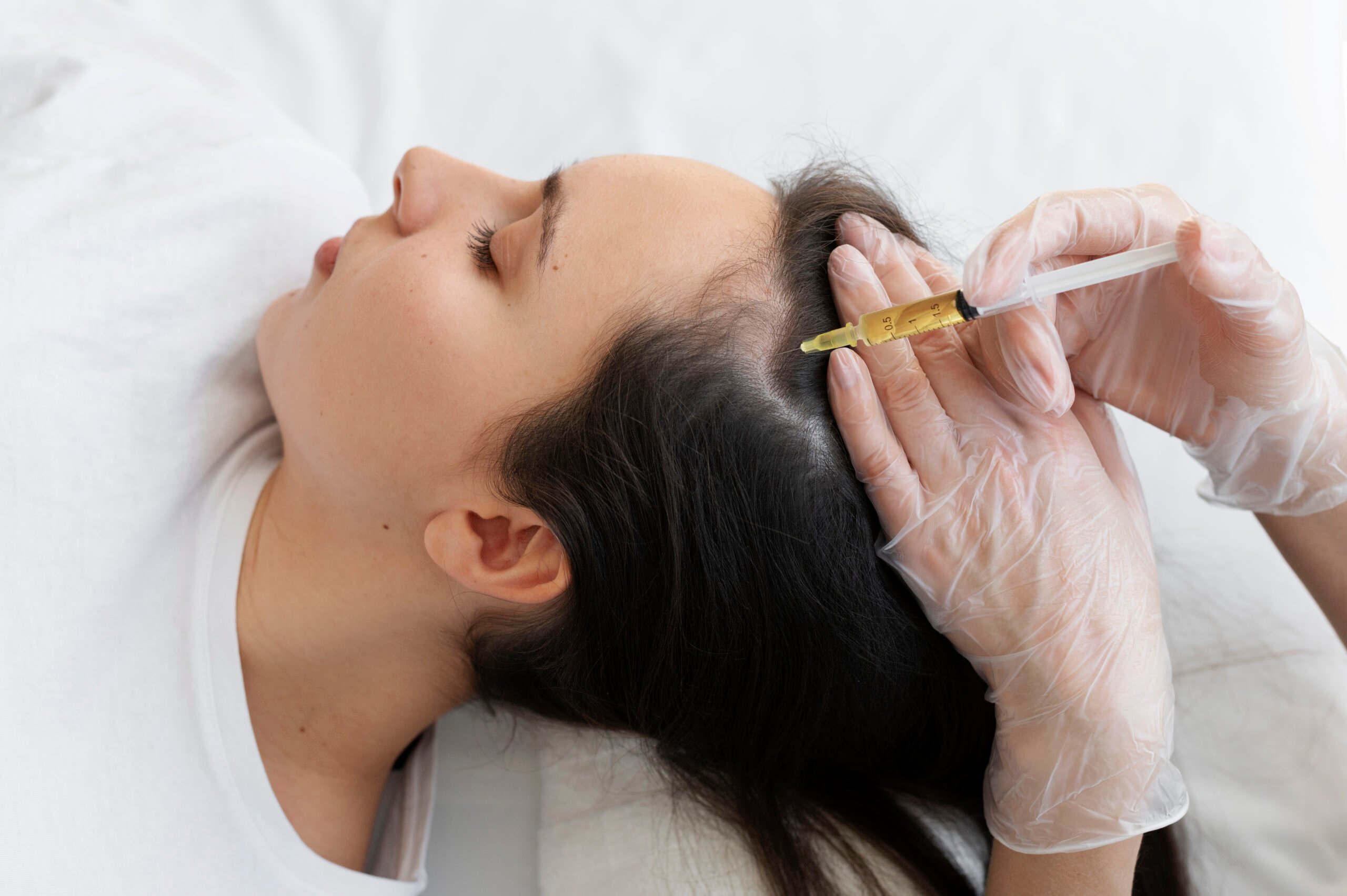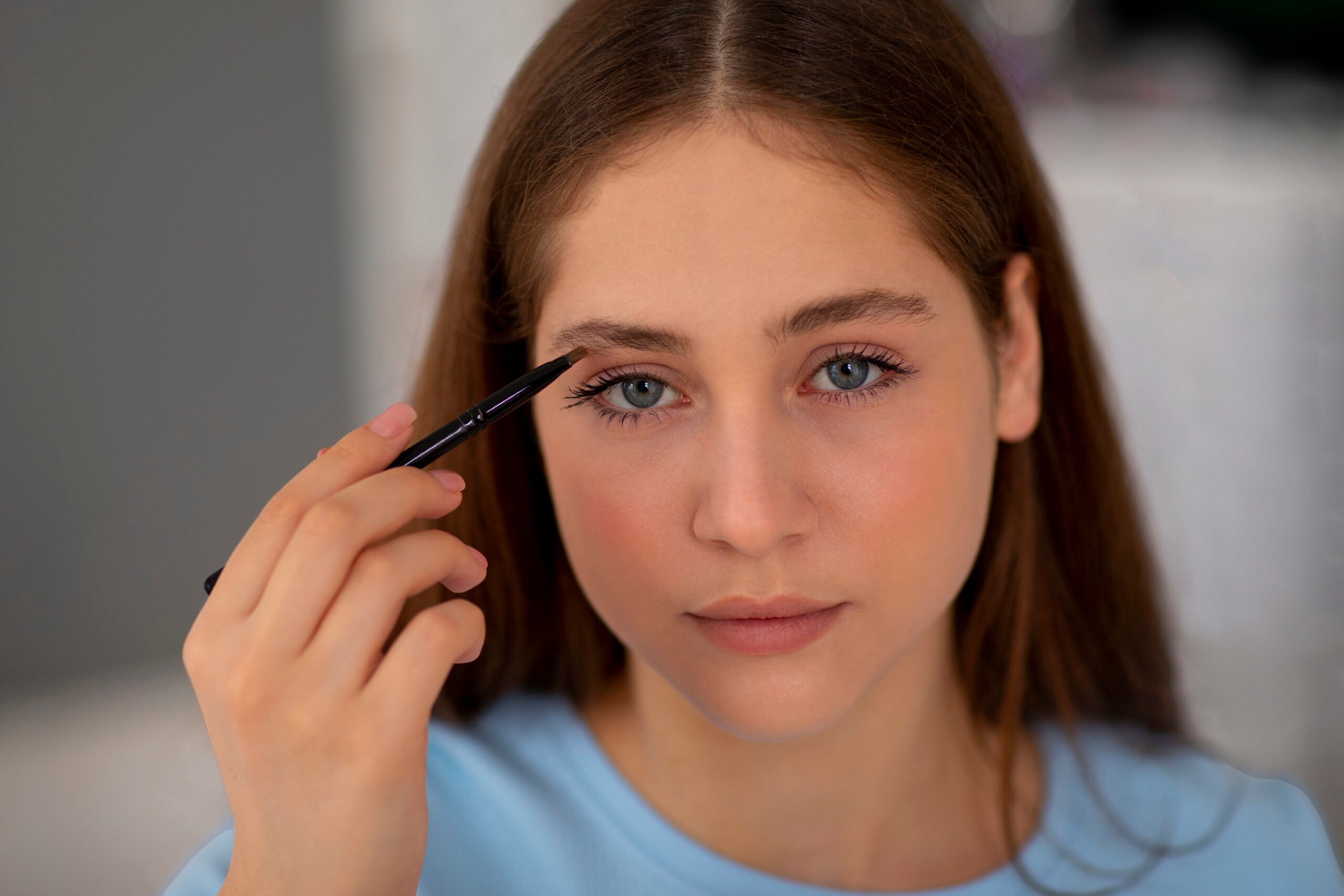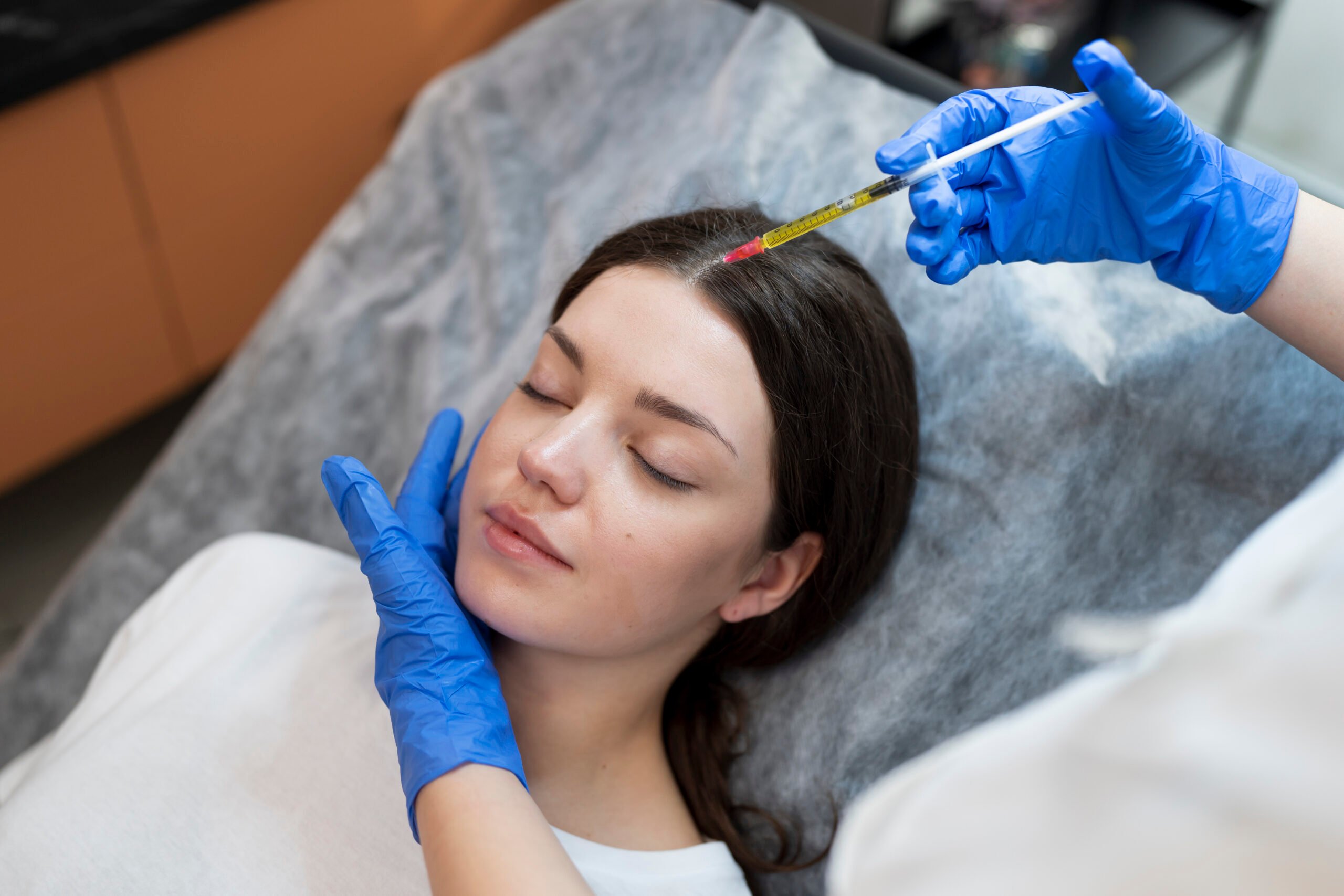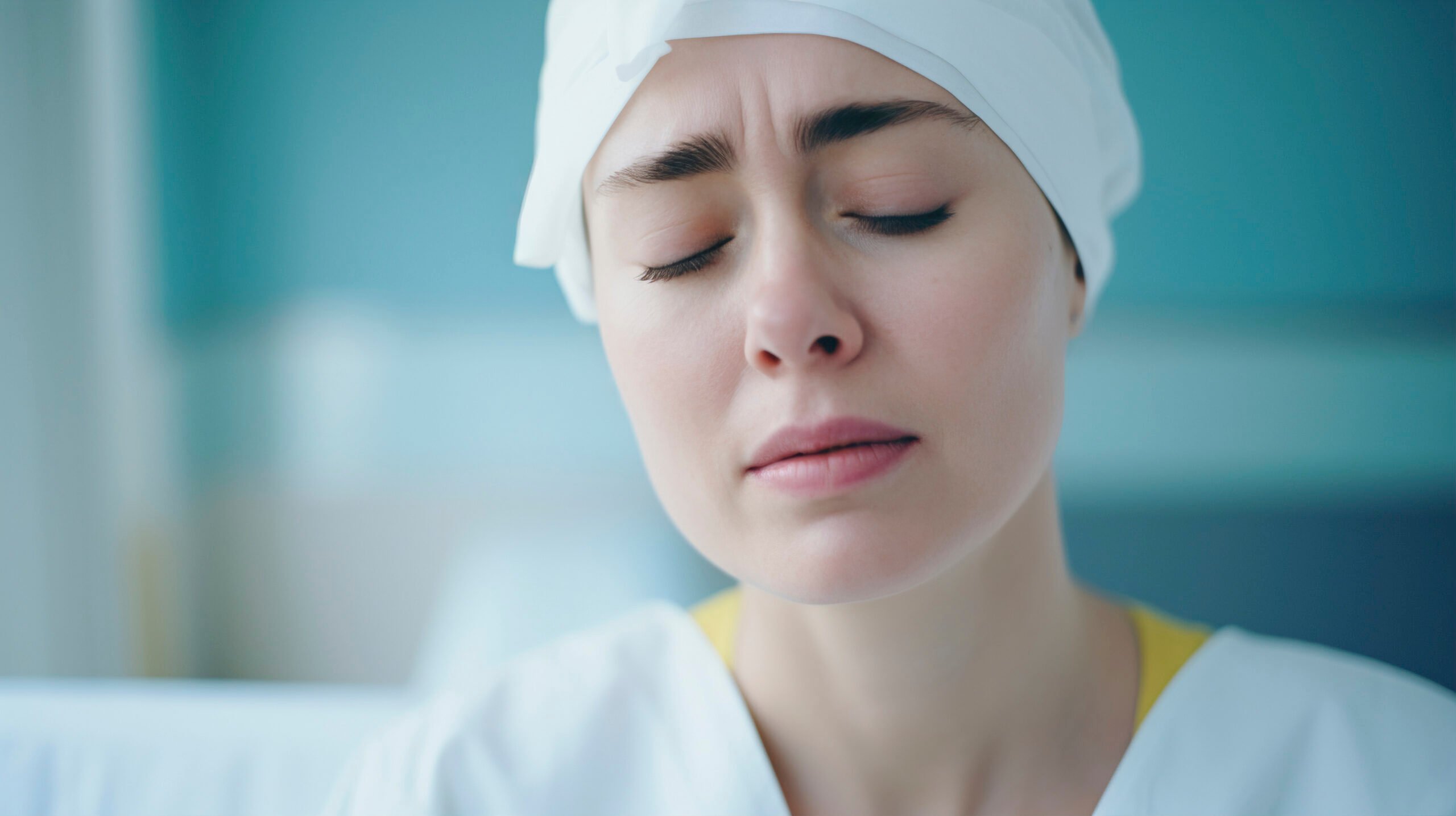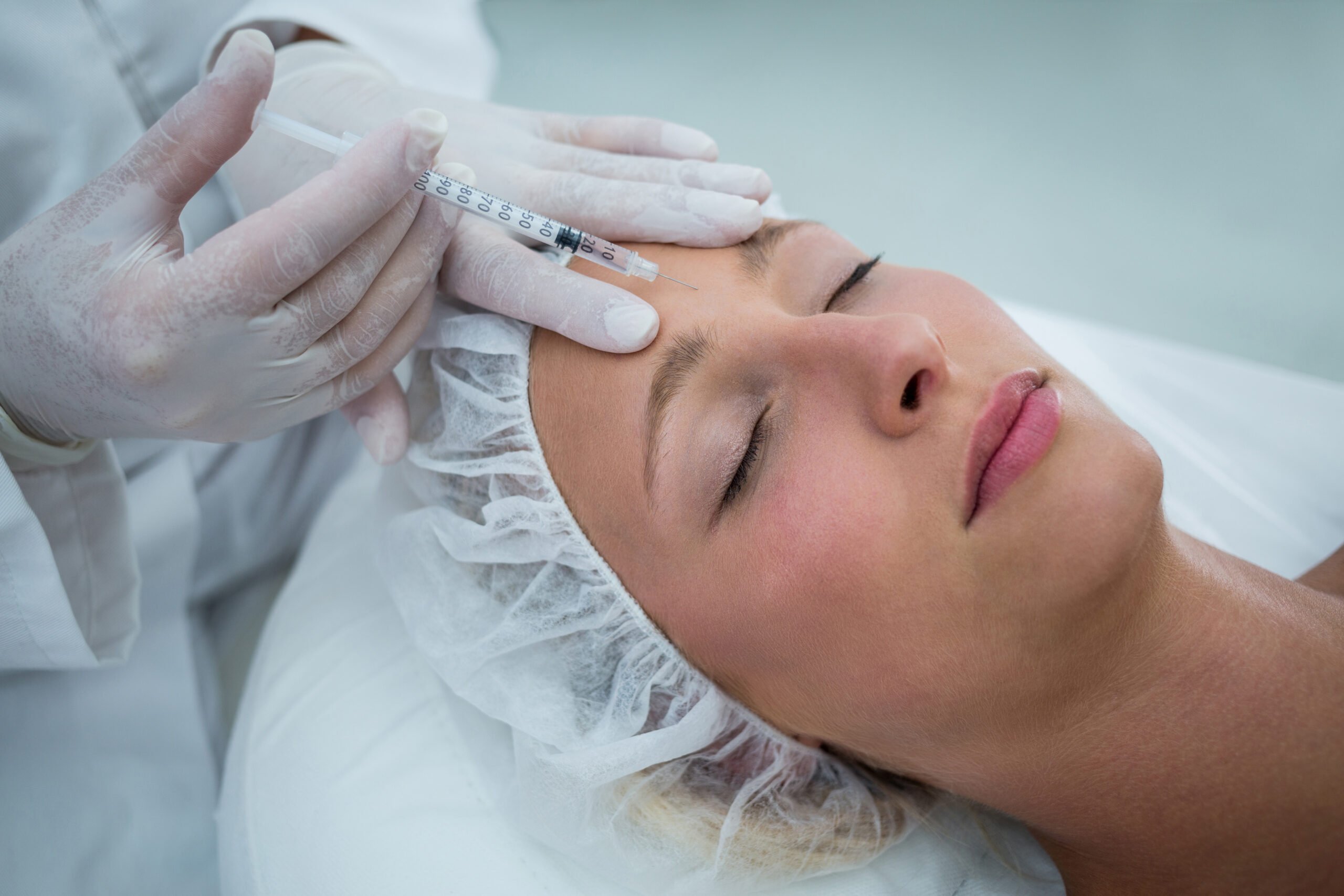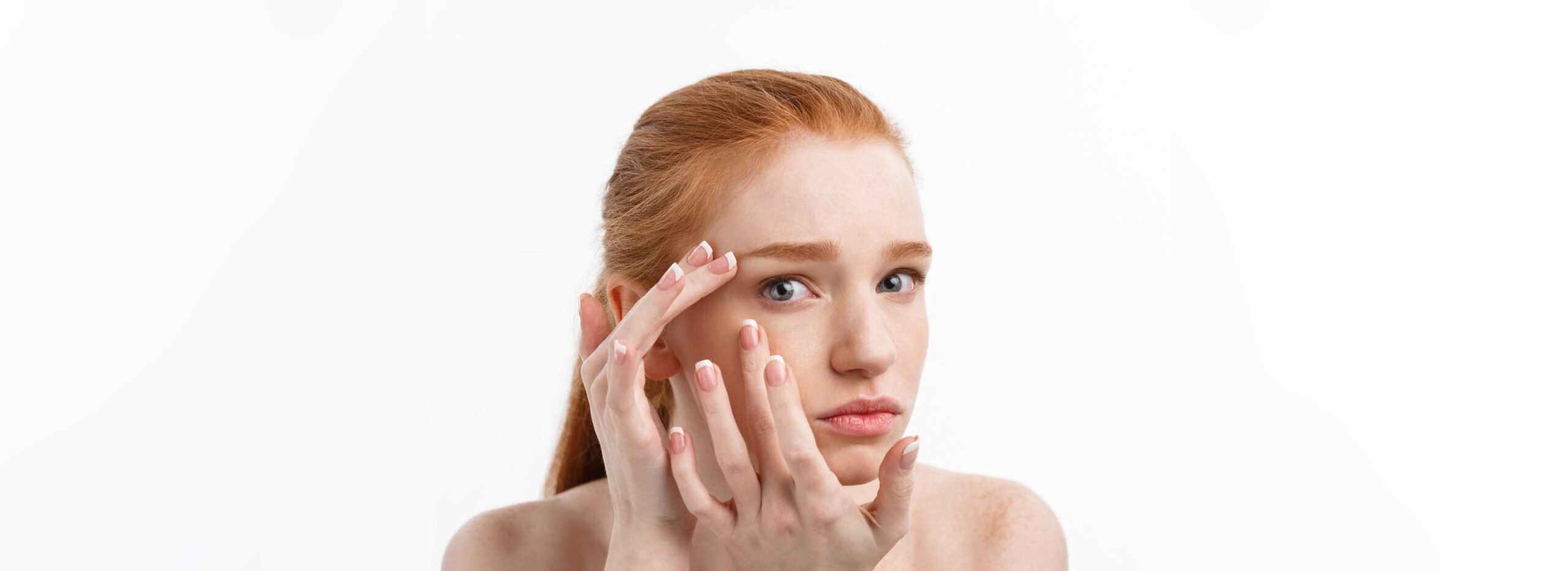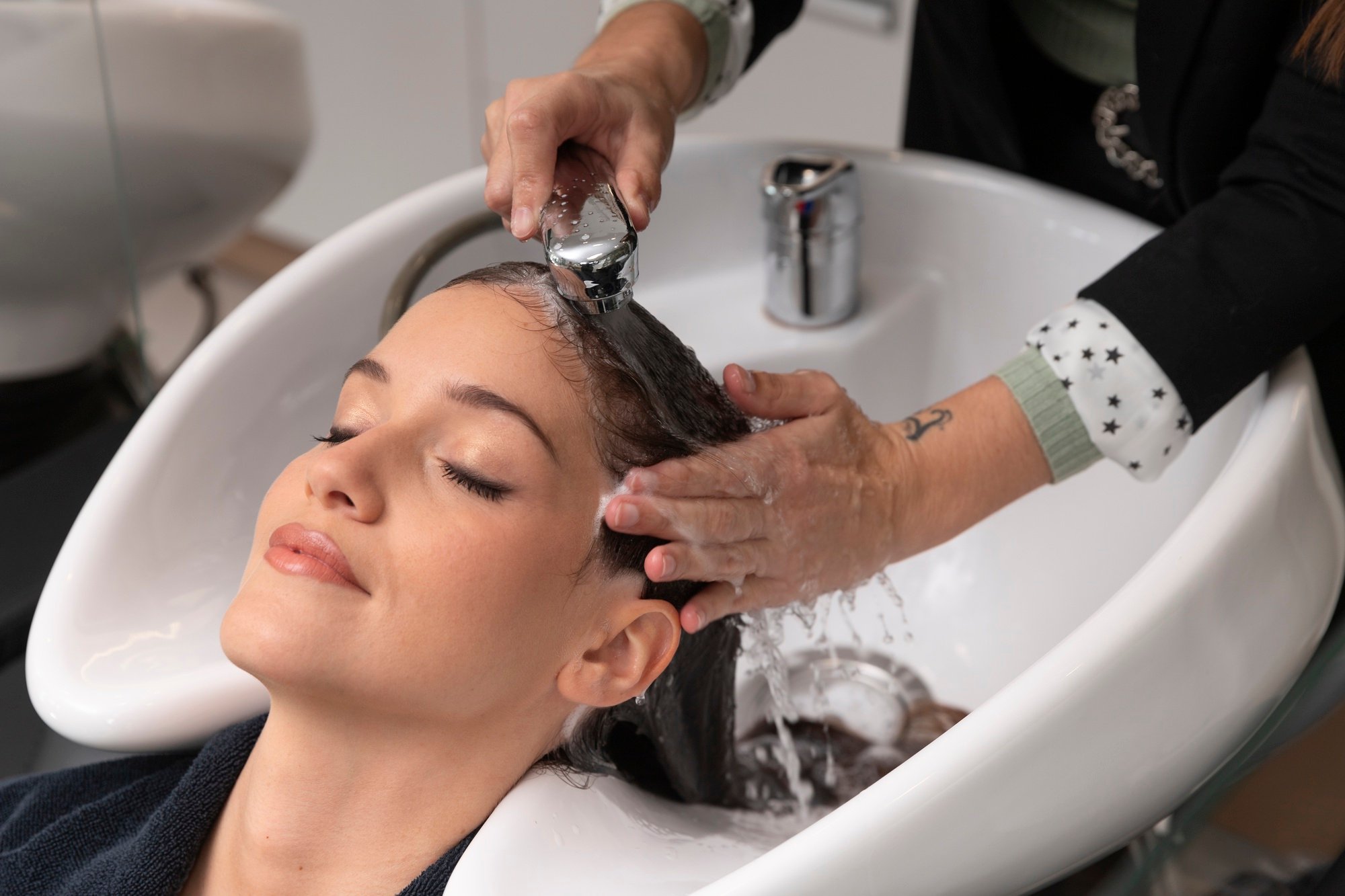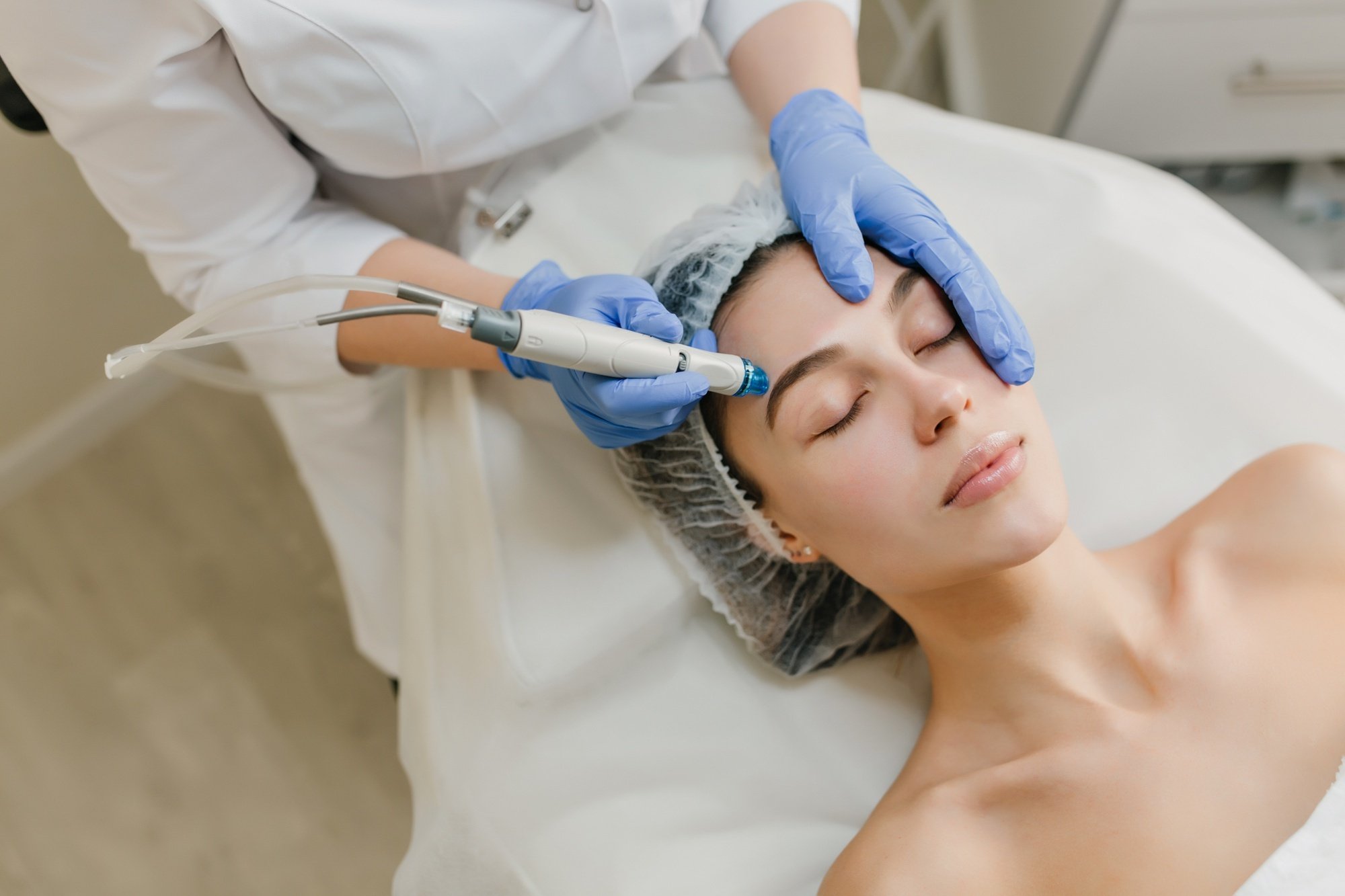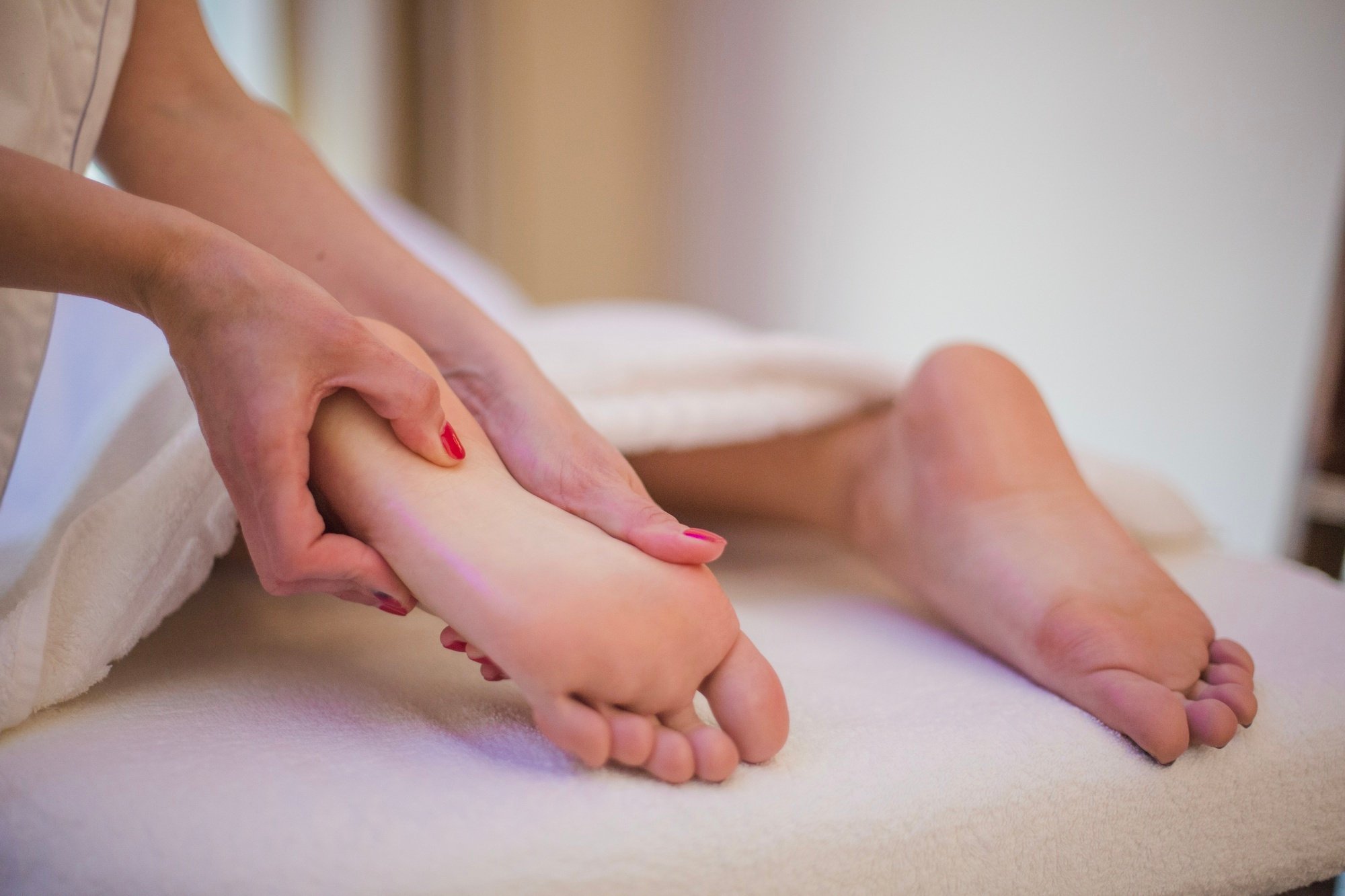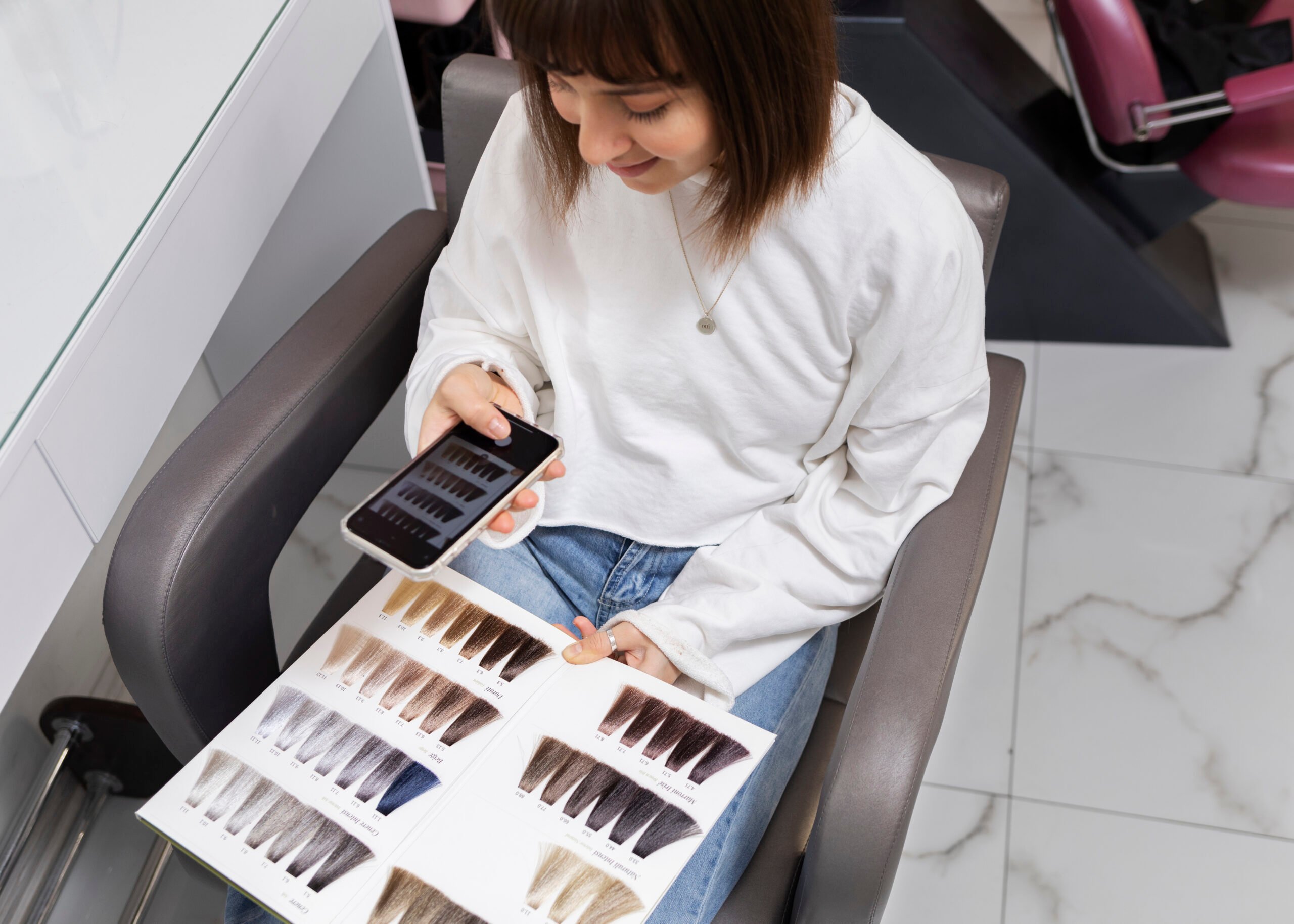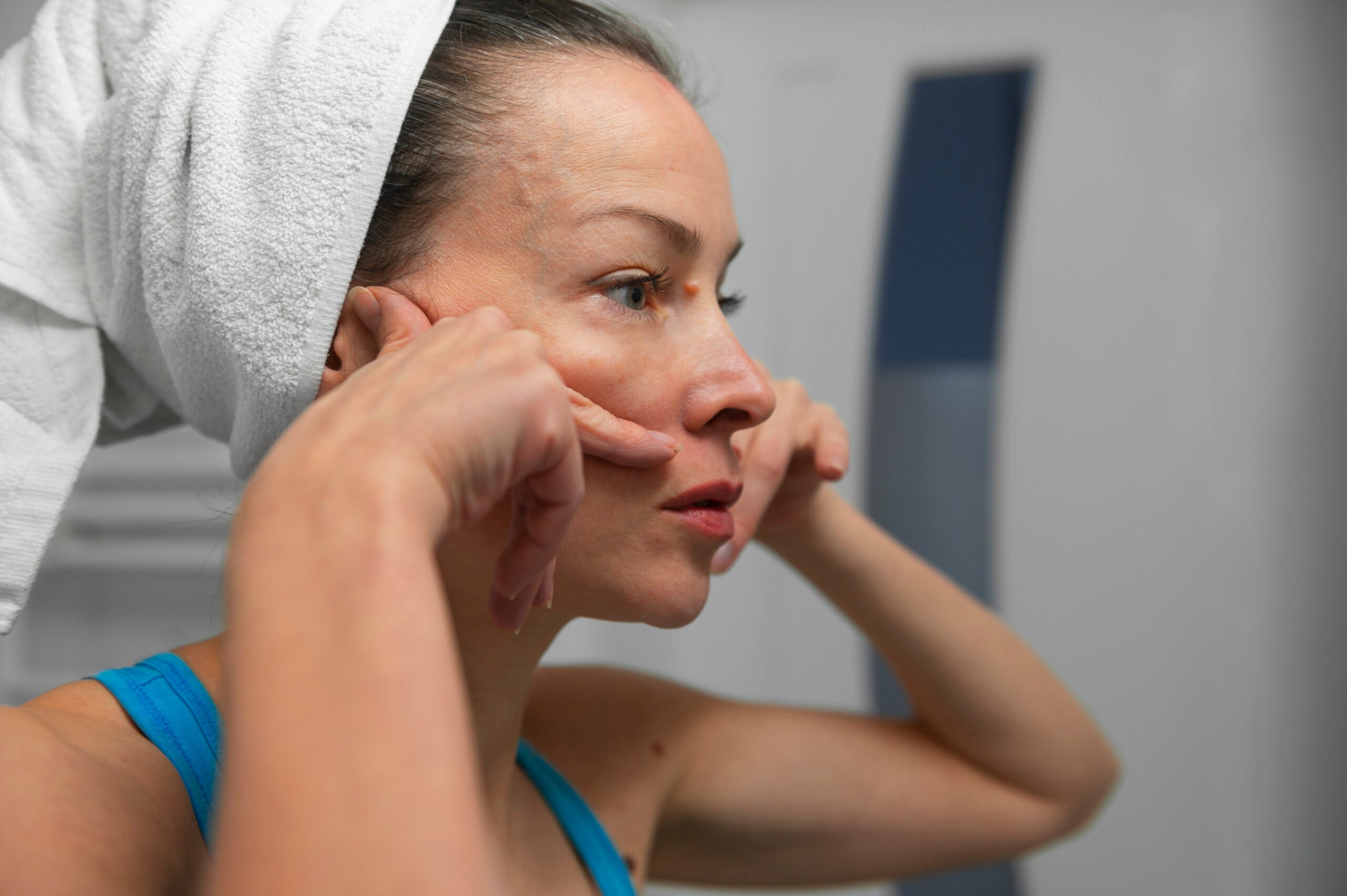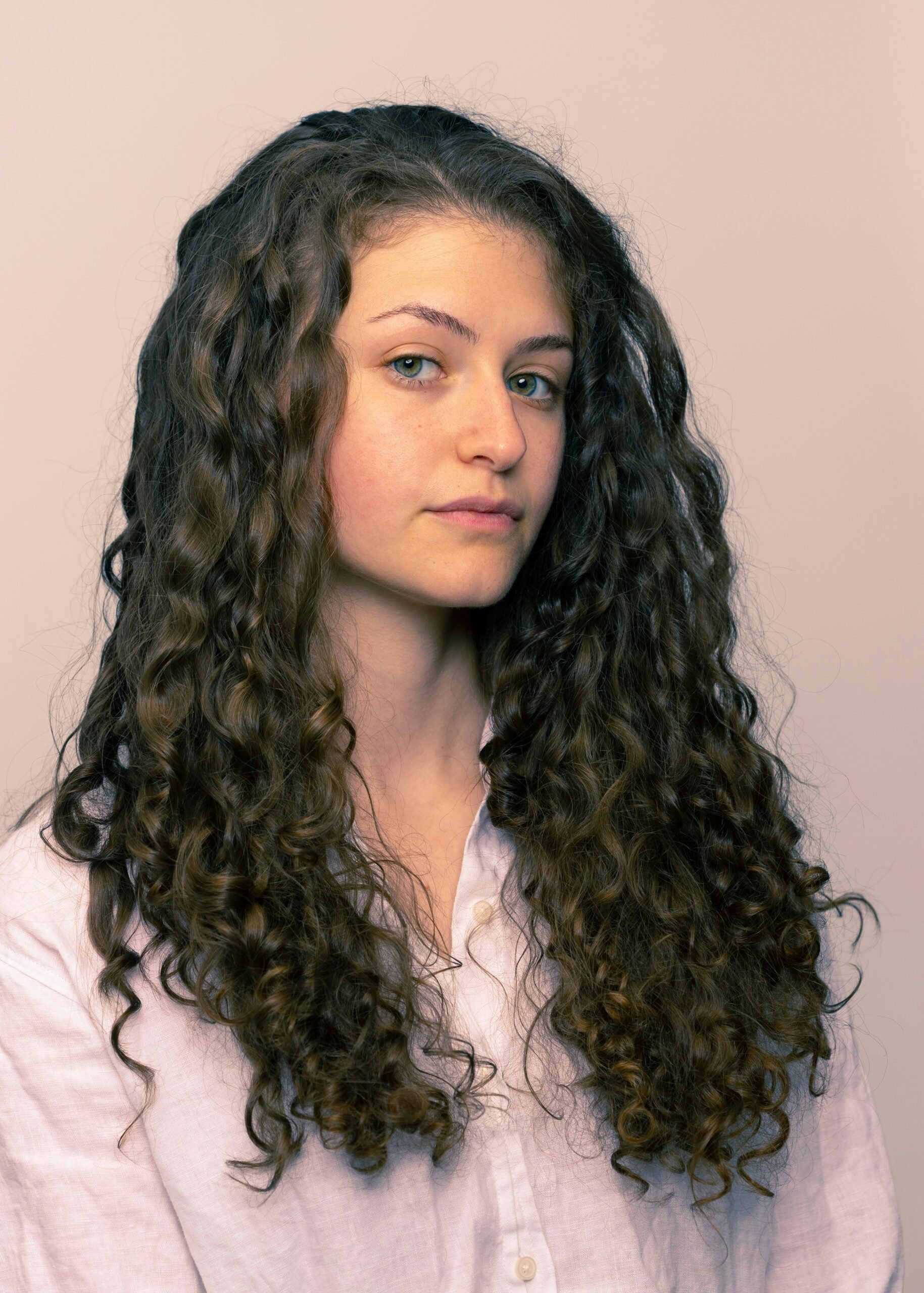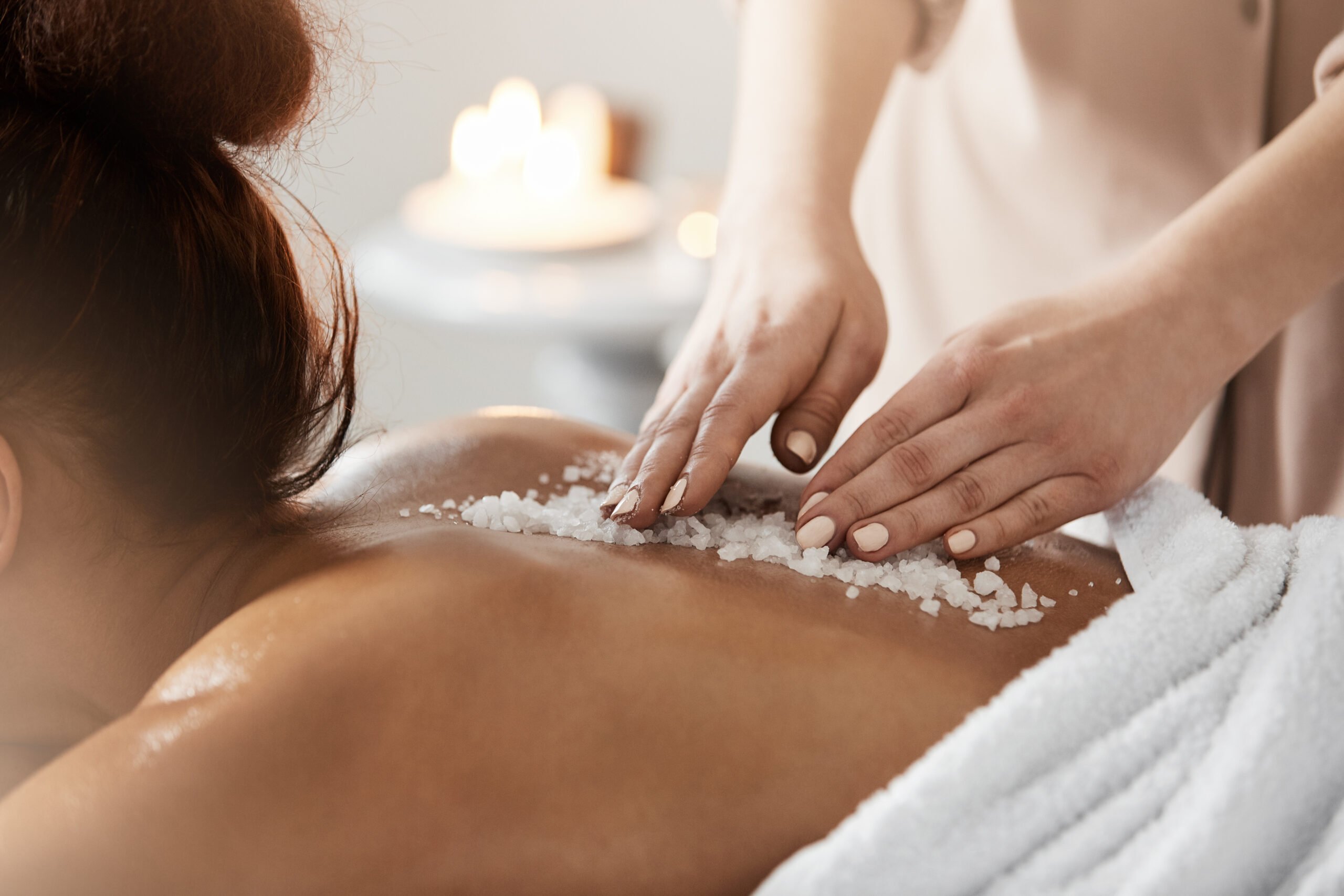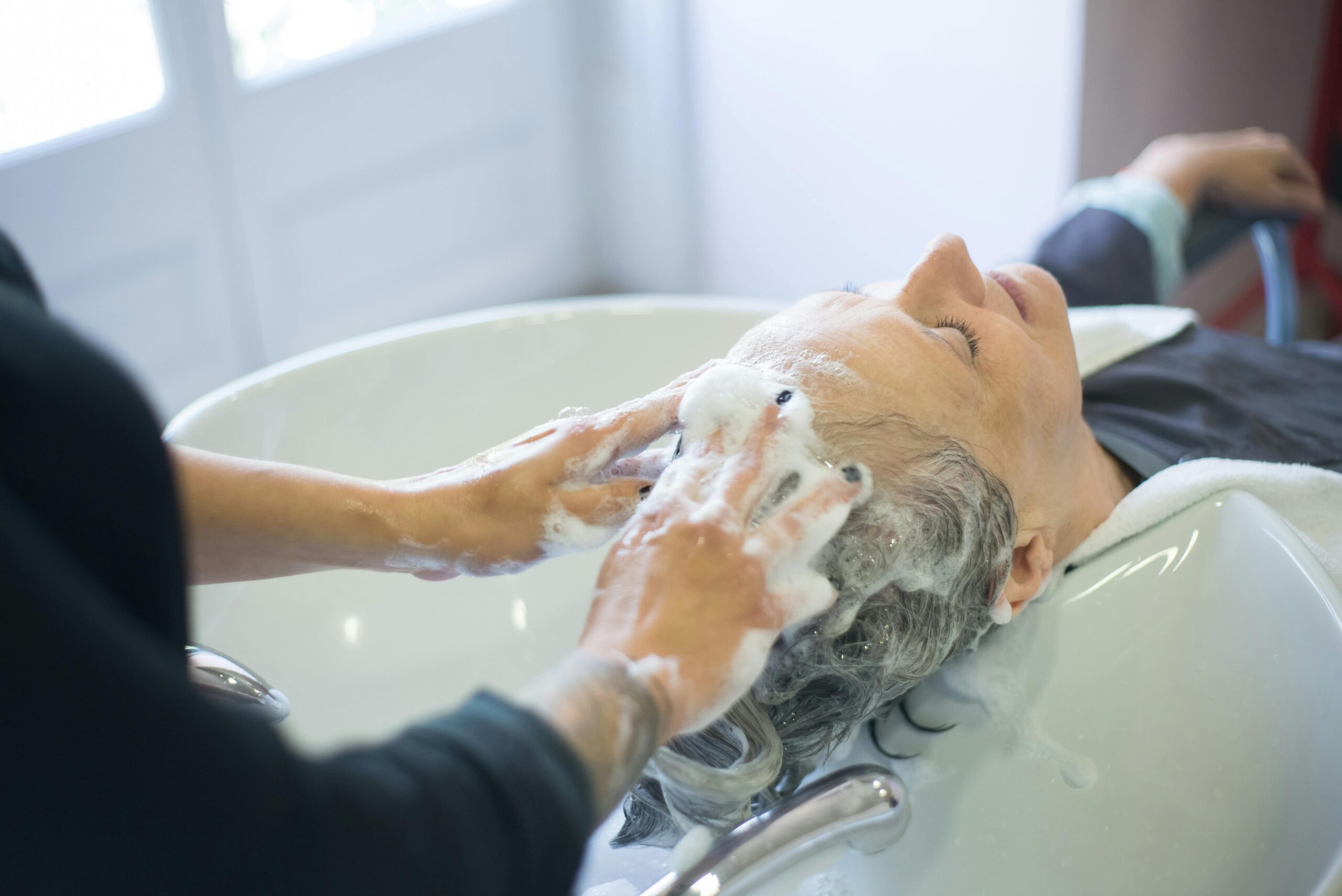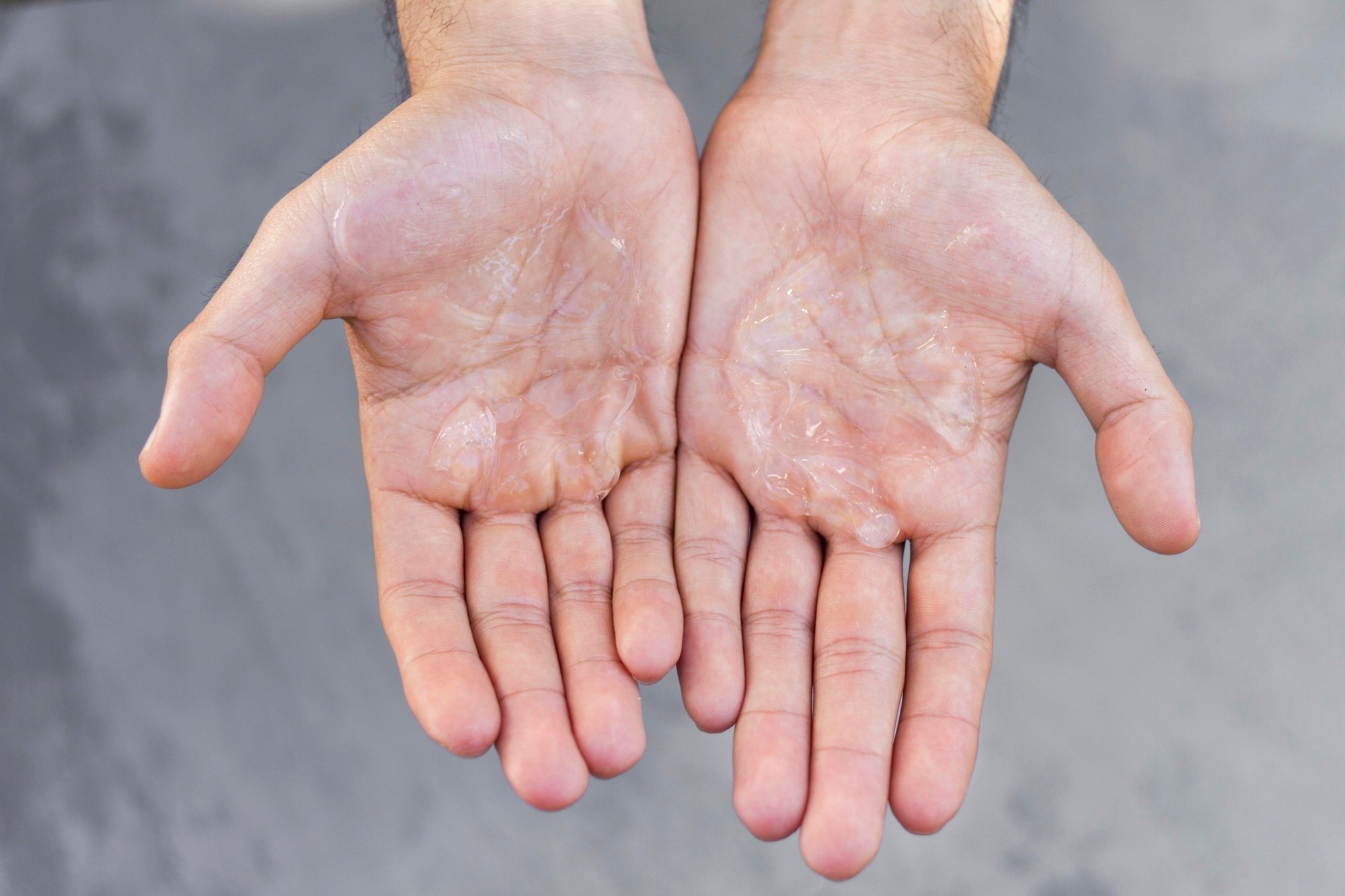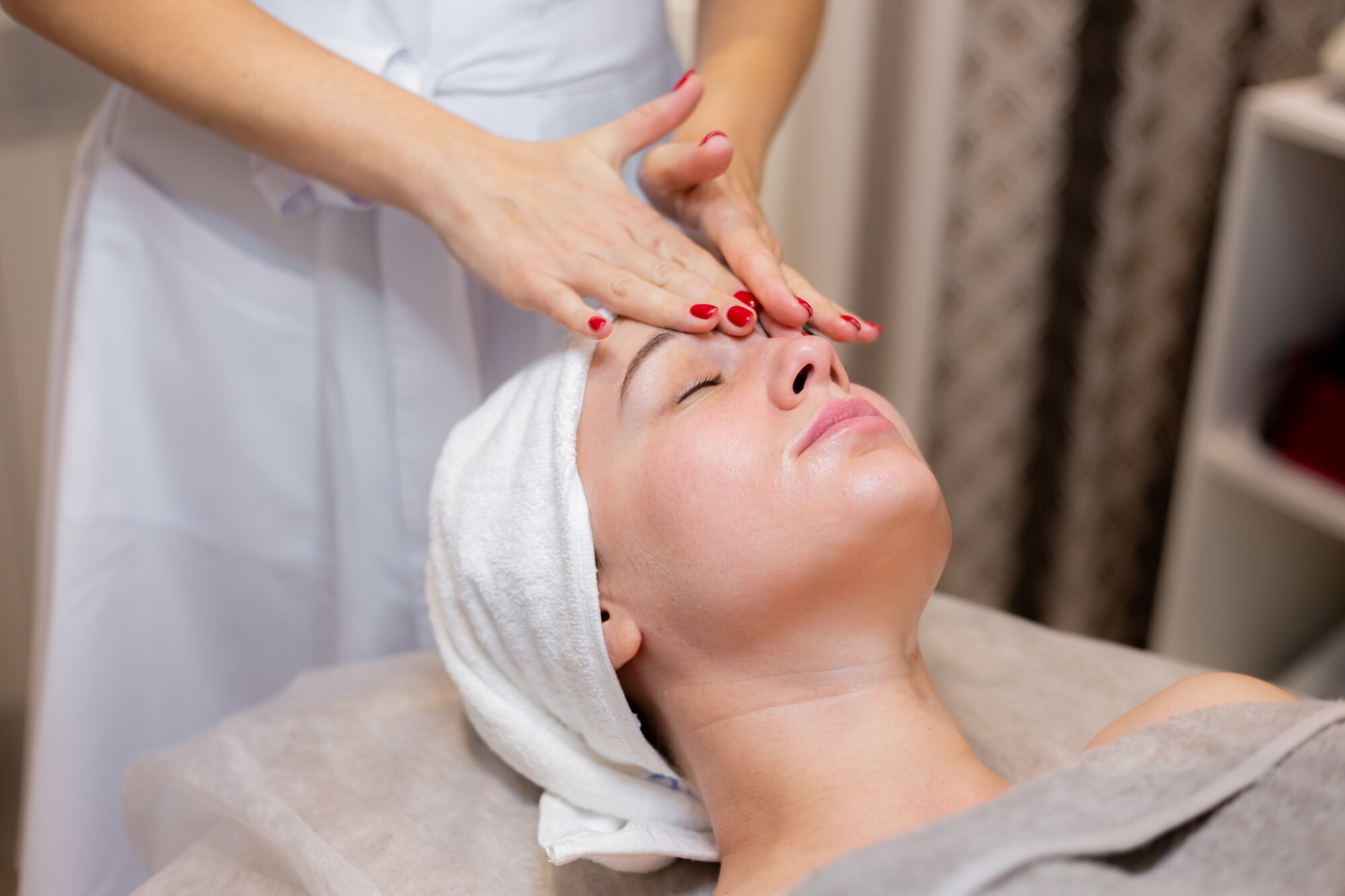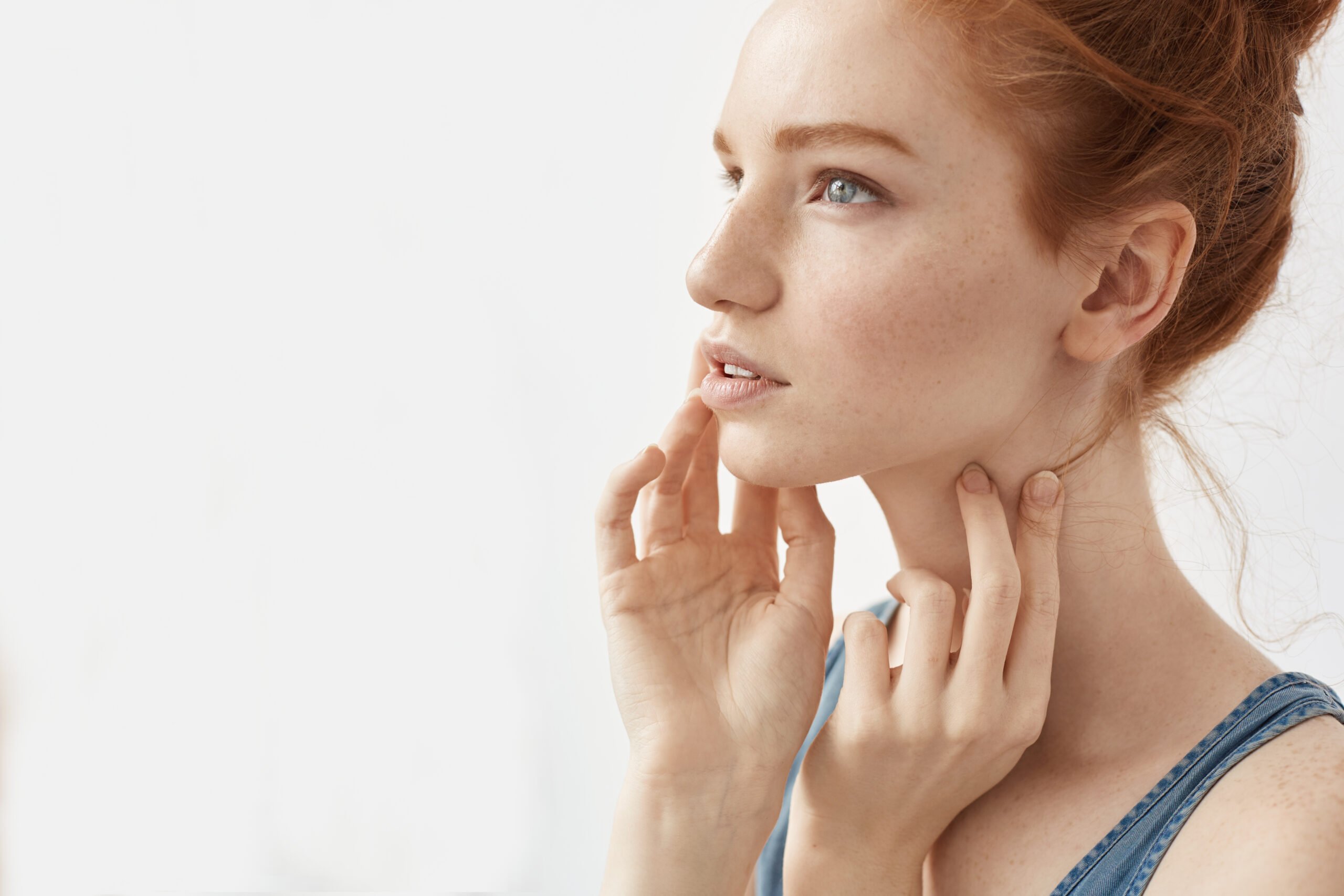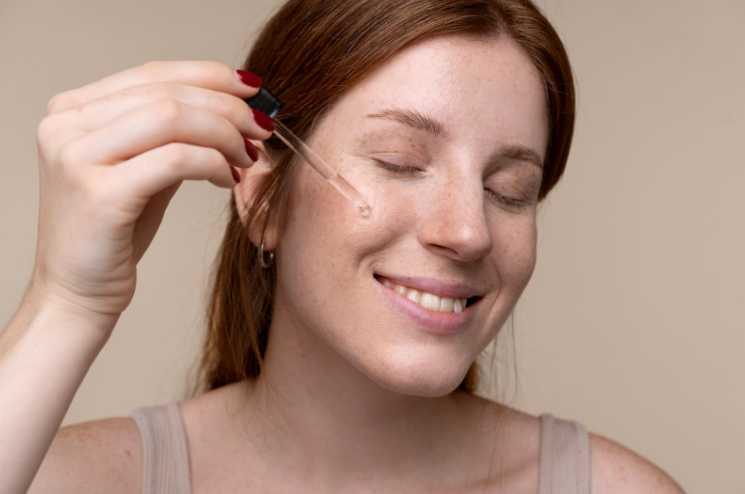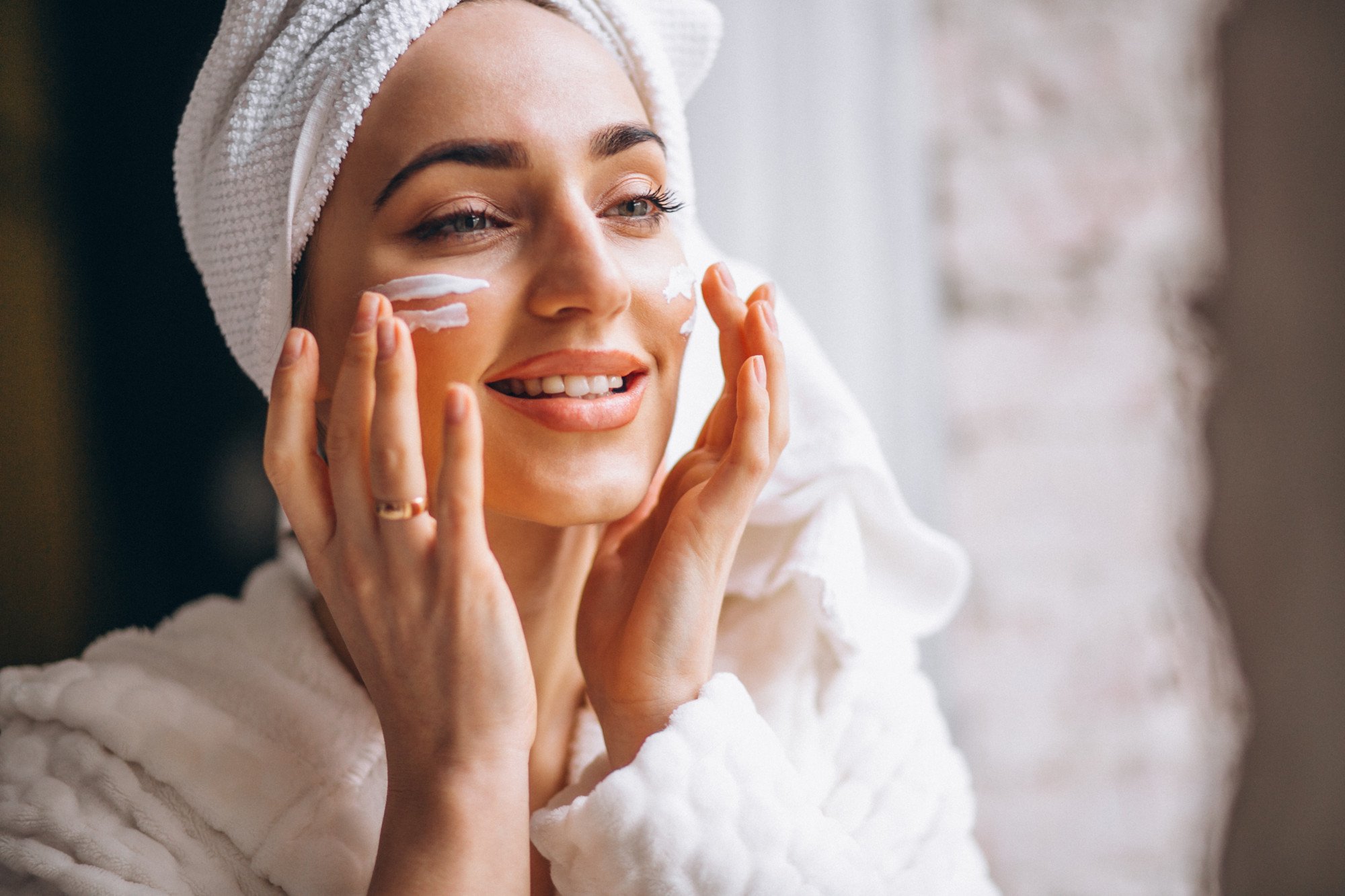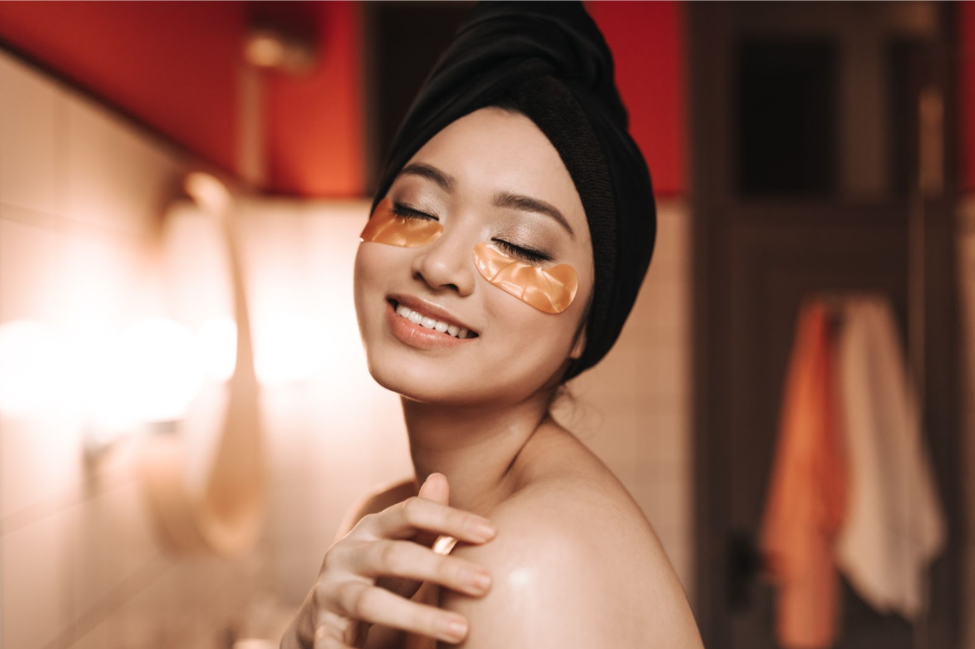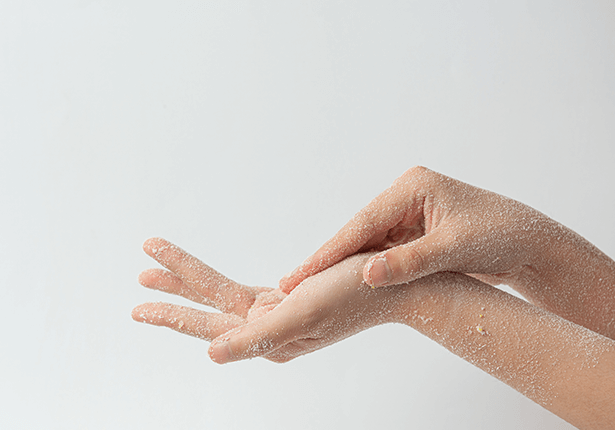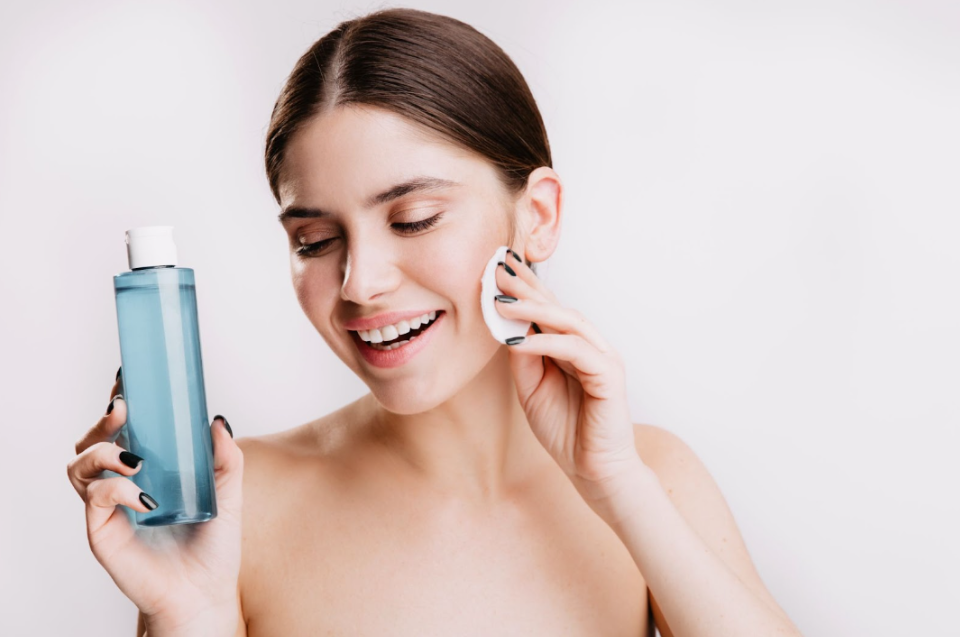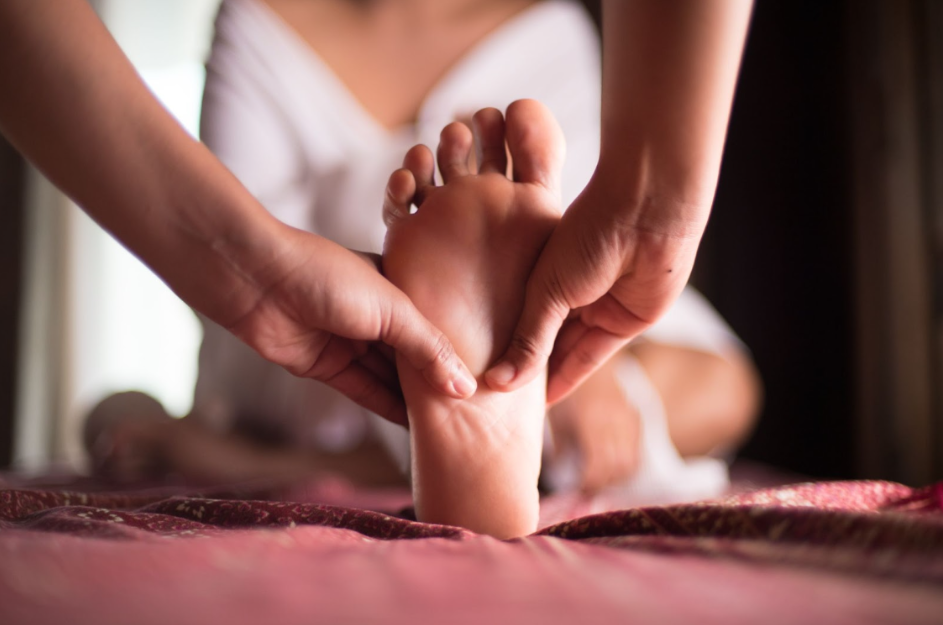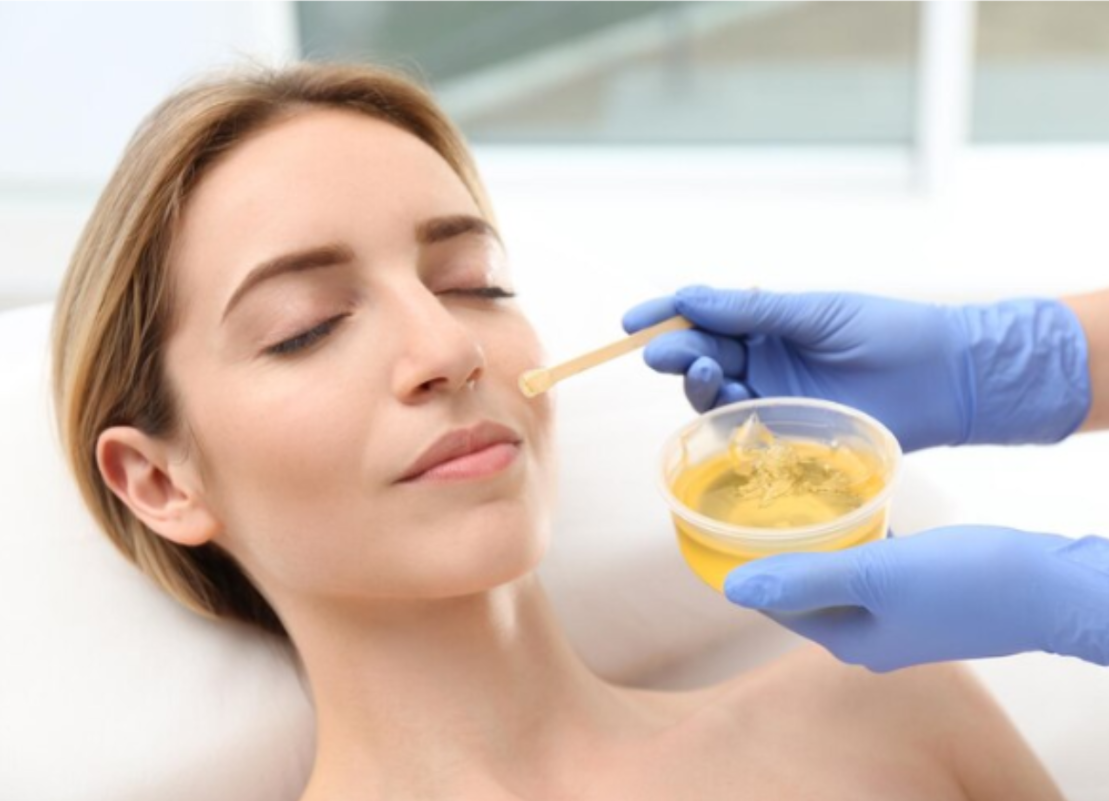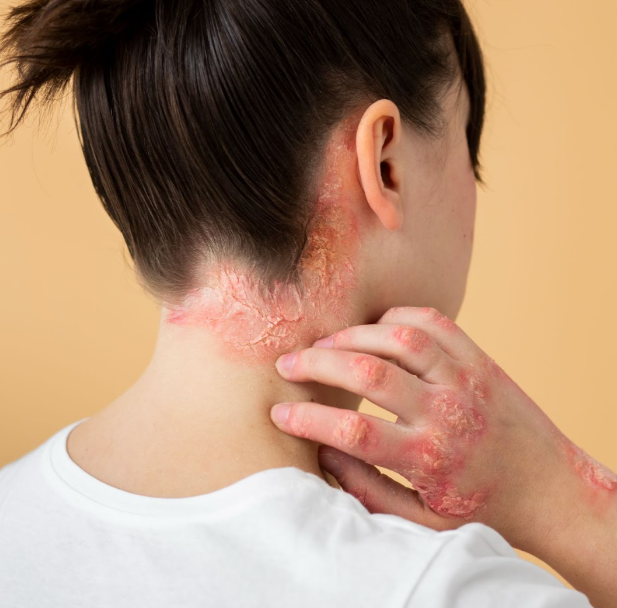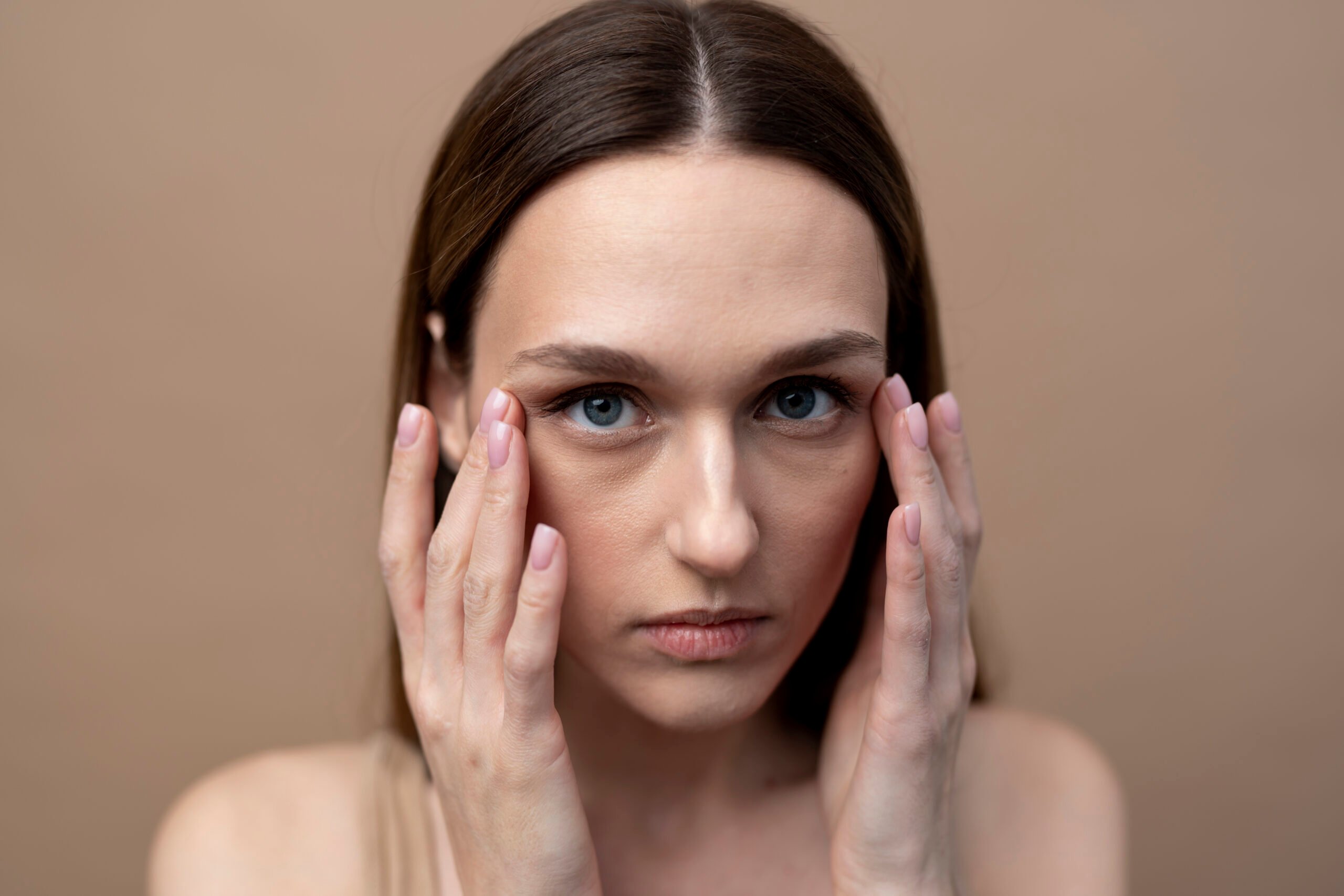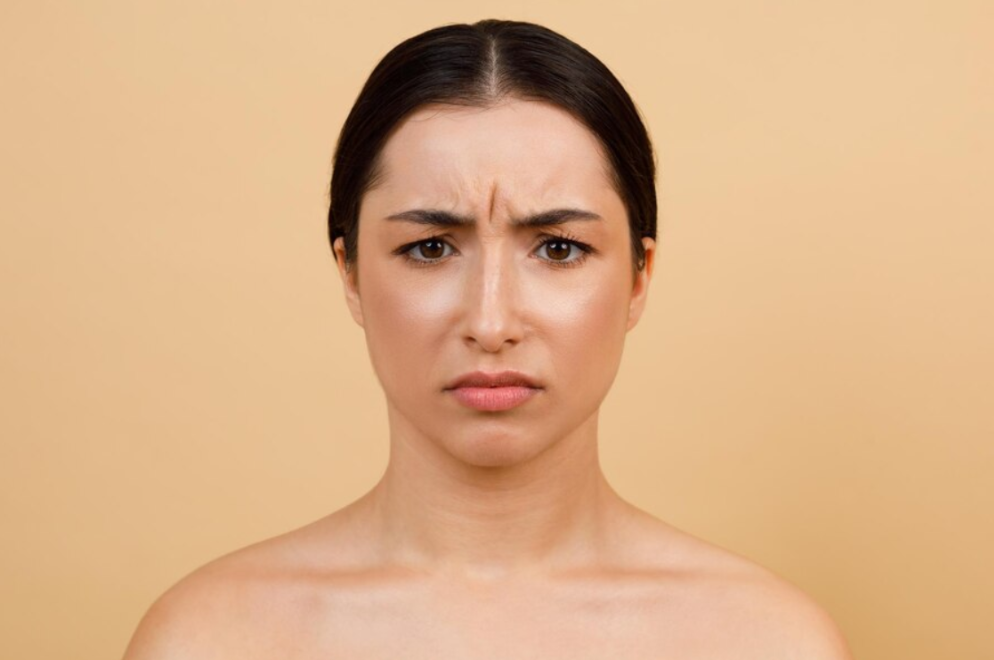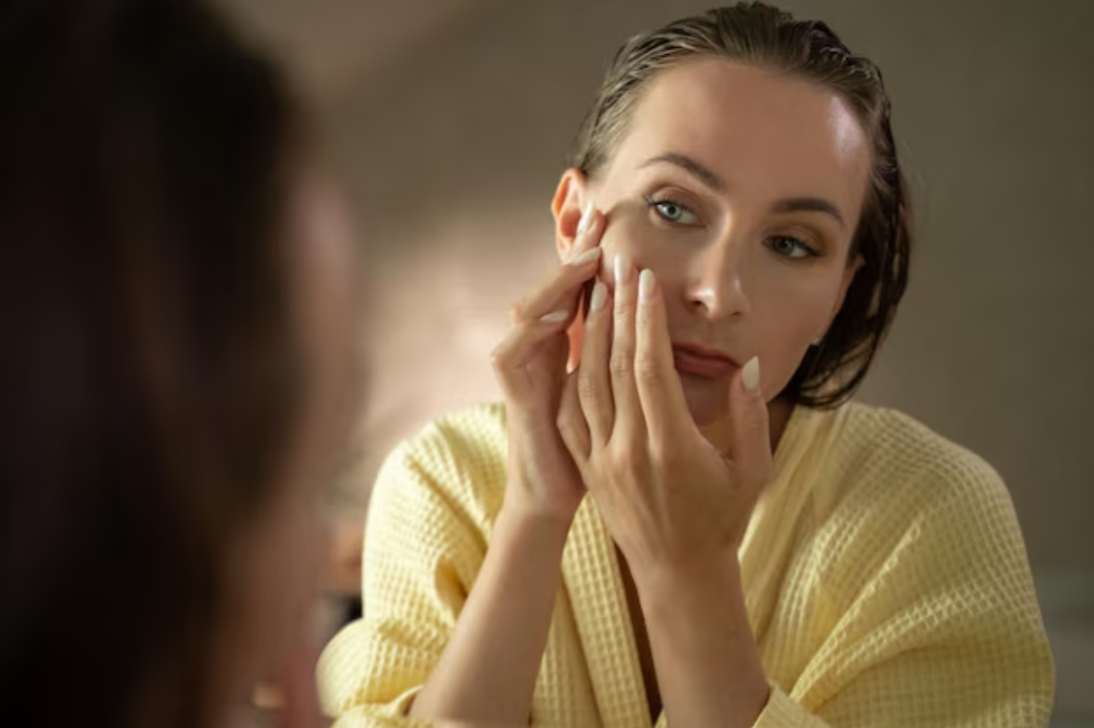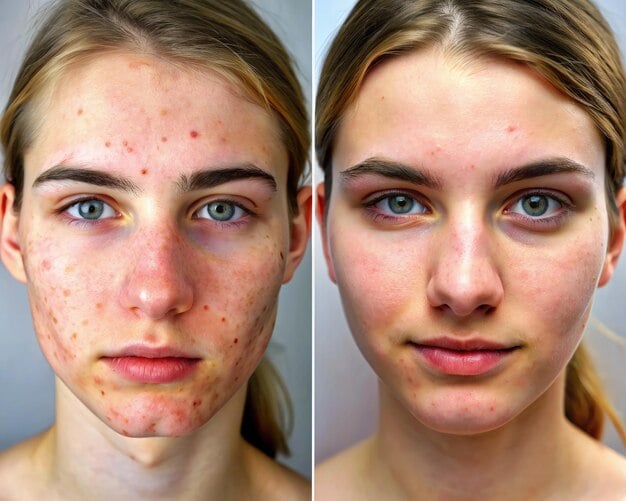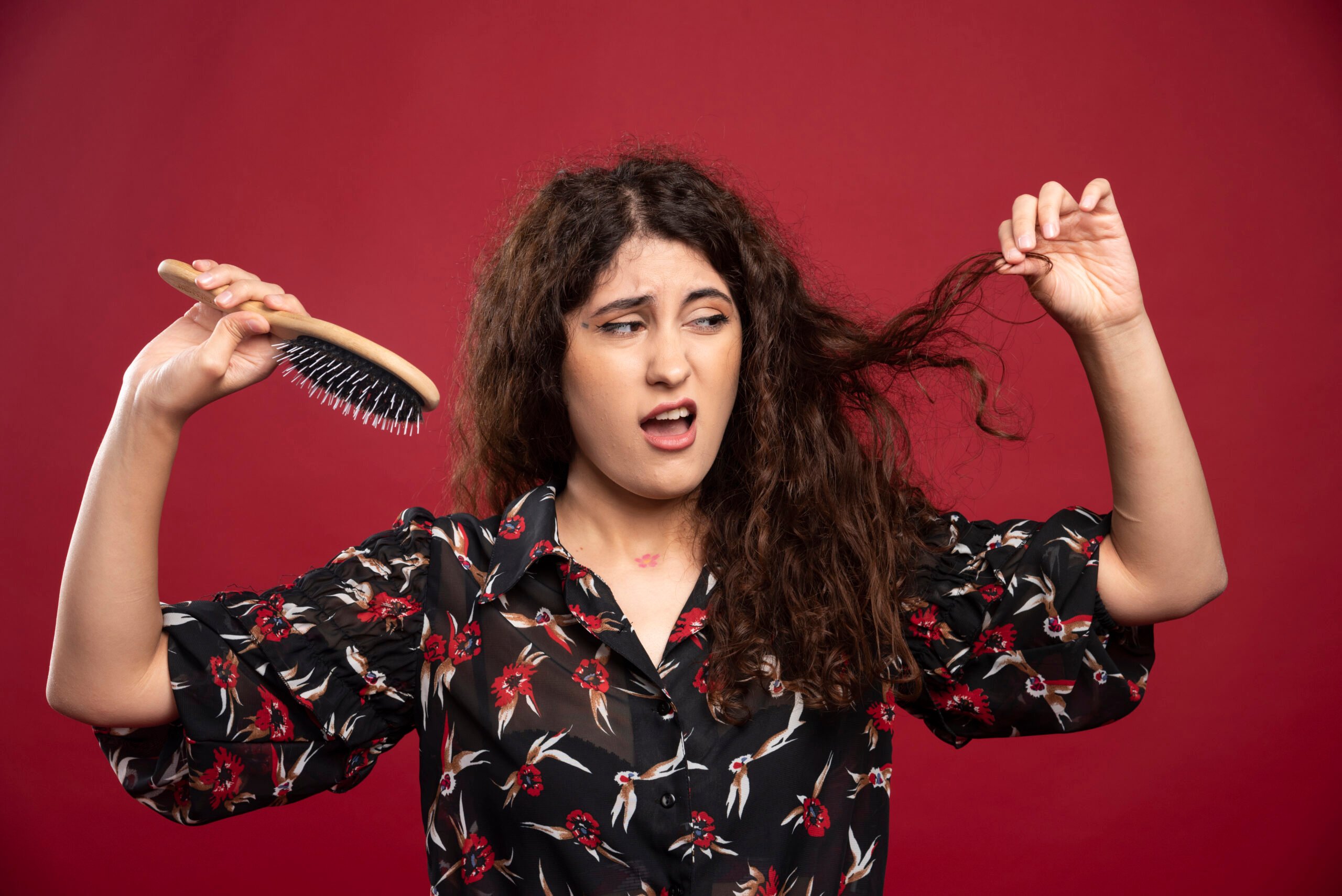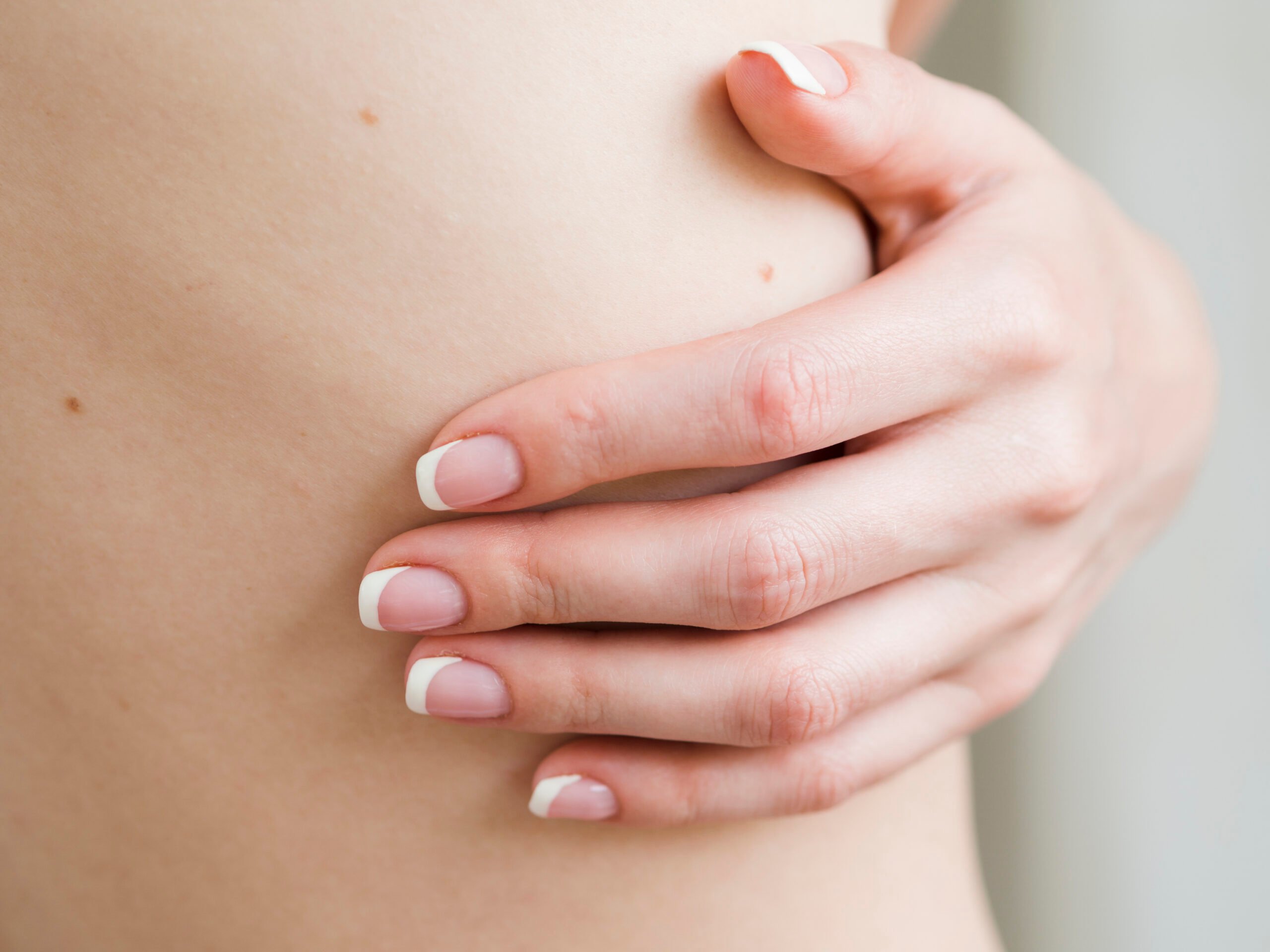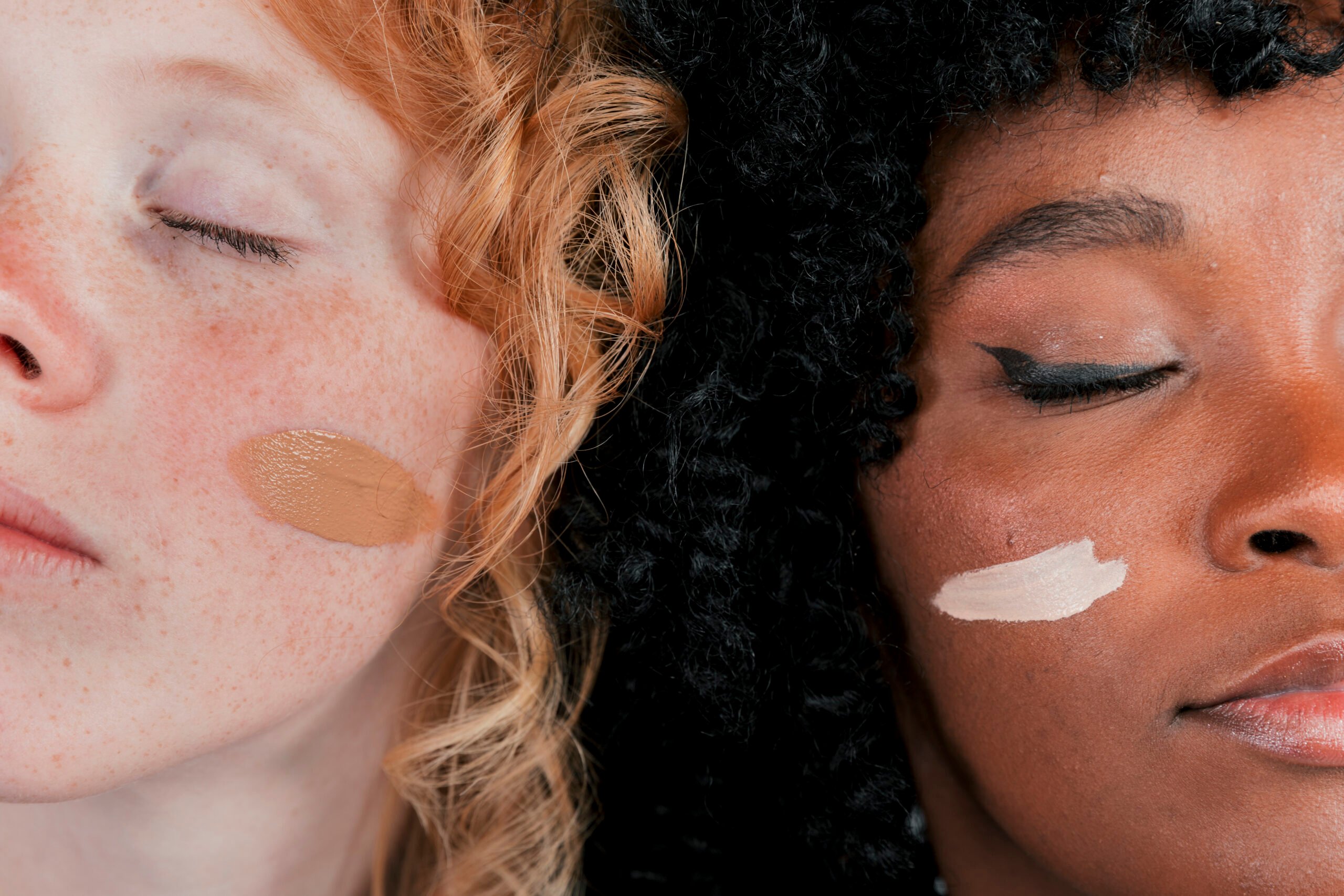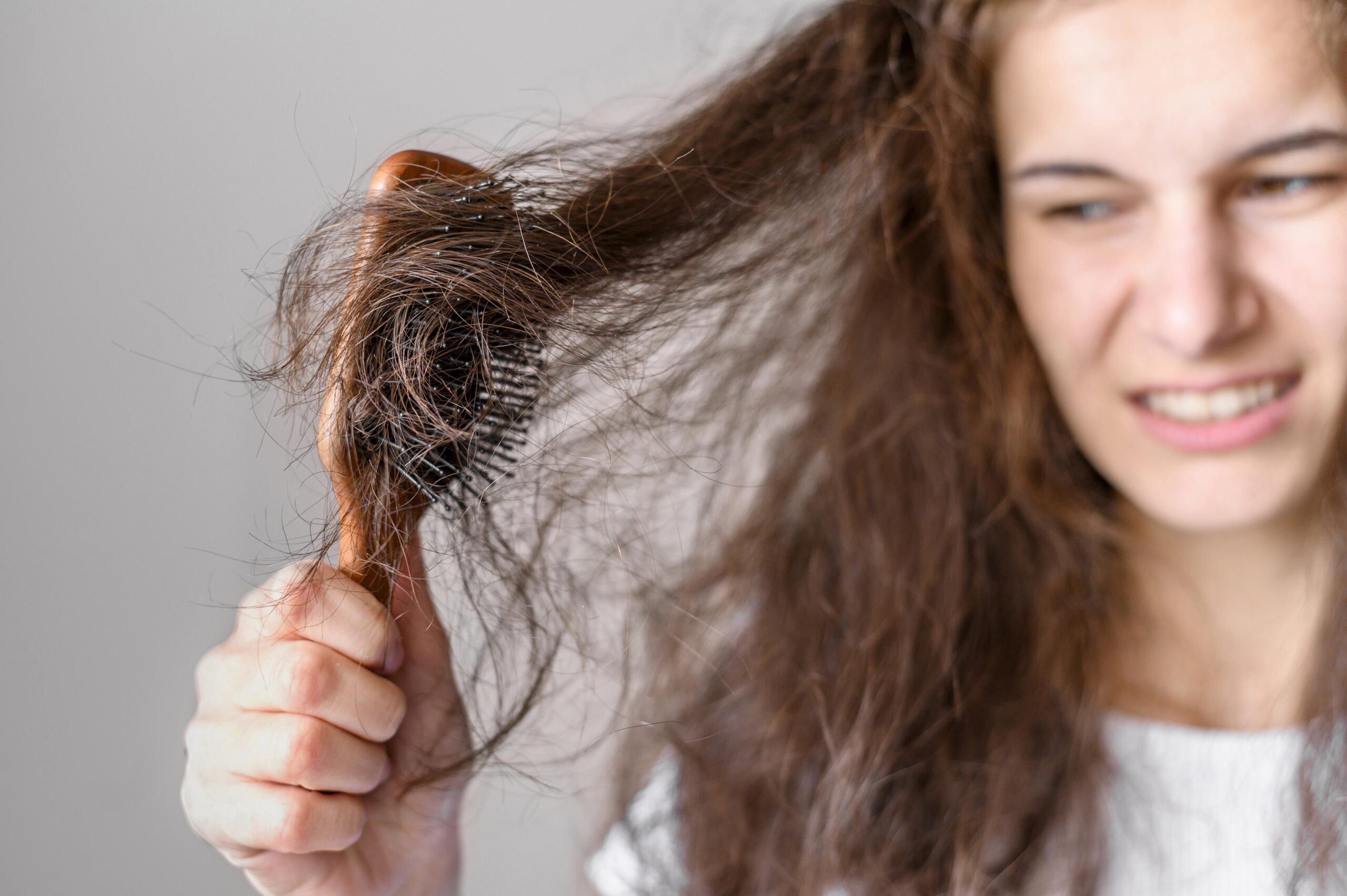Skin
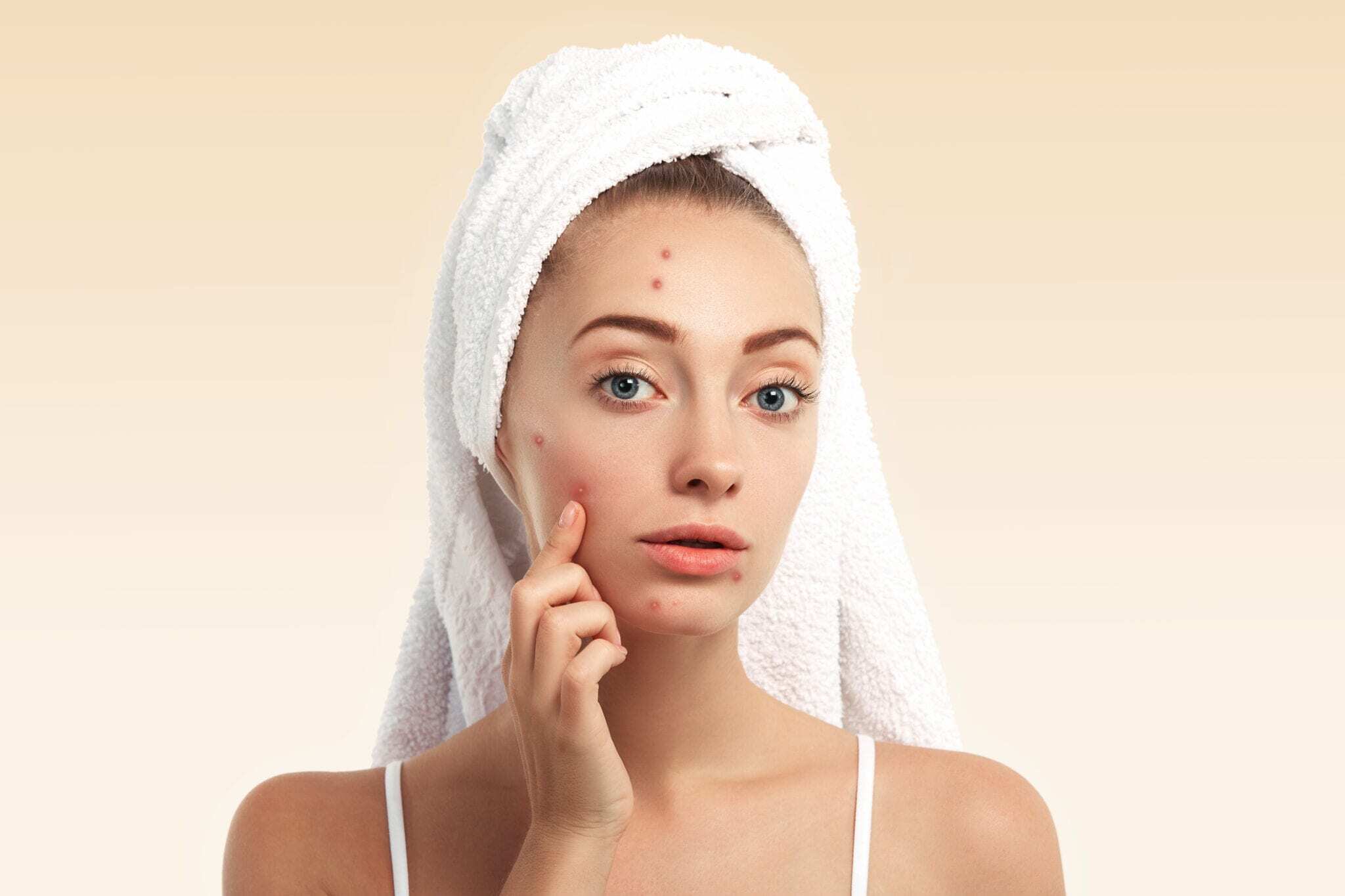
Skin
Decoding How to Remove Pimple Marks
8 minutes read | 17 May 21
Ever wrestled with relentless oily skin or fought persistent breakouts that seem to last forever, leaving behind unwelcome scars? The culprit often lies in excessive sebum production, triggering a cascade of skin reactions—pustules, nodules, papules, blackheads, and whiteheads. Whether it's a genetic predisposition or a consequence of lifestyle choices and external factors, the struggle against acne is universal.
In your quest for clear skin, we're here to help you discover how to reduce pimple marks by uncovering the root causes of acne and exploring effective treatment methods.
Understanding the Causes of Pimple Marks
In the pursuit of how to remove pimple marks from your face, it is essential to look at what is causing acne or breakouts on the skin. Some plausible reasons are:
-
Genetic Disposition
Some people are born with acne-prone skin. While this is hard to treat naturally, laser treatments, chemical peels and even skincare products can help control pimples on the skin.
-
Reaction to a New Ingredient
Purging is naturally caused when the skin is exposed to a new active ingredient. If purging persists even after 3-4 weeks or the number of pimples increases, the ingredient might not be right for your skin type.
-
Unhealthy Lifestyle
Most individuals lead a stressful lifestyle in their adult years. Imbalance in personal and professional lives, bad eating habits and the lack of exercise can cause bodily changes that promote more oil production in the skin leading to acne.
-
Extreme Weather Conditions
If you are exposed to drastic weather conditions, it will directly affect your skin, cause acne, irritation, a damaged skin barrier and more.
-
Dehydration
You need to hydrate your body with adequate fluids daily basis. Using proper skincare products like serums and moisturisers with hydrating ingredients is essential to keep it nourished and healthy.
-
Hormonal Imbalance
Once puberty hits, the body goes through several hormonal changes that can change your skin type and also make it prone to acne. It takes years for the hormones to regulate. This can be done by adopting a healthy lifestyle.
How to Remove Pimple Marks?
Dealing with pimple marks can be tough, but don't worry! The experts at our Bodycraft salon have great facial treatments to help you out. Discover a range of options on how to remove pimple marks and select the treatment that best suits your needs.
1. Alkaline Peel
You can check out this advanced facial treatment at Bodycraft which helps in treating acne scars and dark spots. It will help reduce the appearance of troublesome pimples and acne marks and will leave you with clear and glowing skin.
2. Skin Radiance Facial
The skin radiance facial treatment at the Bodycraft Salon is excellent for treating pigmentation.
It reduces the appearance of age spots, dark spots, acne marks, sunburns and hyper-pigmentation to give you a flawless complexion that is picture-ready. The best part is that it includes a complimentary back, hand and foot massage.
How to Remove Acne Scars: Types of Treatments and Cost
Looking for the best acne scar treatments? You can swing by the Bodycraft Clinic and avail many different treatment options to get rid of acne marks. Some of the most popular ones include:
1. Chemical Peels
Chemical peels effectively treat acne scars by addressing marks, pigmentation, and uneven skin tone. This treatment uses carefully diluted chemicals to gently exfoliate the skin, rejuvenating it with essential ingredients.
Schedule a free consultation with a doctor to determine the right combination of chemical peels for your skin. During the consultation, you'll receive guidance on the pros and cons based on your skin type, and only ingredients suitable for your skin will be used, ensuring significant improvement even after the first session.
Potential Risks and Side Effects
- Side effects include scarring, dryness, slight swelling, infection, and temporary colour contrast in treated skin (rare)
- Most individuals experience no side effects
- Unsuitable for pregnant, breastfeeding, or diabetic individuals (for specific peels)
- Not recommended after recent acne treatments or certain cosmetic surgeries
2. Microneedling with radio-frequency
Microneedling Radiofrequency (MNRF) is an innovative technique that aims to rejuvenate the skin and address various skin concerns such as large open pores, acne scars, and skin laxity. This procedure involves using radiofrequency energy to induce the production of collagen, which tightens the skin and reduces pore size. By causing controlled skin injury, MNRF encourages the growth of new and healthier skin cells, improving the appearance of wrinkles and stretch marks. The combination of microneedling and radiofrequency technology in MNRF offers a safe and effective way to achieve youthful and radiant skin.
Potential Risks and Side Effects
- Mild crusts on the target area may develop post-procedure
- Some initial discomfort during the procedure is normal
- Expected side effects include mild swelling and redness, usually resolving within an hour
- Not recommended for pregnant or lactating women
- Contraindicated for individuals with a history of keloids or active skin conditions like psoriasis, eczema, or skin cancer
3. Microneedling with Dermapen
Dermapen microneedling is an advanced treatment that can effectively address various skin concerns, including signs of stretch marks and acne scars.
This treatment can help revitalise the skin and stimulate the production of natural collagen, resulting in scarless healing and a more youthful appearance.
Potential Risks and Side Effects
- Post-procedure effects may include skin irritation, swelling, discomfort, redness, bruising, or flaking
- Temporary side effects typically diminish within a day
- Not recommended for pregnant or lactating women
- Contraindicated for individuals with active acne, active herpes, or moderate-to-severe chronic skin diseases like eczema or psoriasis
- Discouraged for patients with extreme keloidal tendencies and those undergoing chemotherapy
4. Acne & Scar Reduction
This procedure involves a combination of fractional laser treatments, chemical peels for acne scars and resurfacing of the skin depending on the complexity of acne and pigmentation on the face. The comprehensive procedure has lasting benefits that help clear the skin, improve the texture and reverse signs of ageing. You will finally be able to get rid of acne scars within a few sessions at Bodycraft.
Potential Risks and Side Effects
- Following the procedure, possible effects encompass mild crusts, skin irritation, swelling, discomfort, redness, bruising, or flaking. Generally temporary, these side effects resolve within a day
- Contraindications include avoidance for pregnant or lactating women, individuals with a history of keloids, or those with active skin conditions like psoriasis, eczema, or skin cancer
- Caution is advised for those with pronounced keloidal tendencies or undergoing chemotherapy
Cost of the Treatments
The cost of the treatment can vary depending on the type of procedure you want to undergo. You can book a consultation with a Bodycraft aesthetician to take you through the procedure and explain everything you will require for a successful session to get rid of acne scars.
Acne Types and their Severity Levels

While it is essential to understand the causes and treatments to navigate through ‘how to reduce pimple marks’, it is also crucial to determine the type and severity of your pimple or acne. Here’s a comprehensive guide delving into the nuances of mild, moderate, and severe acne:
Acne Types |
Severity Level |
Description |
| Mild Acne | Low | Mild acne is characterised by a few non-inflammatory blemishes, mainly blackheads or whiteheads. It causes minimal redness and swelling. Occasional breakouts may occur due to hormonal changes, stress, or environmental factors. Consistent skin care with gentle cleansers and topical treatments is effective in managing mild acne. |
| Moderate Acne | Moderate | Moderate acne involves a higher number of blemishes, including papules and pustules. These are inflamed and can be painful, with increased redness. Without proper treatment, it may lead to scarring. Contributing factors include hormonal imbalances, genetics, and lifestyle choices. Treatment includes topical and oral medications prescribed by a dermatologist. |
| Severe Acne | High | Severe acne is the most intense form, marked by numerous, deep, painful nodules or cysts. It can lead to widespread inflammation and poses a high risk of permanent scarring. Professional dermatological intervention is necessary, and treatment may include potent retinoids and other prescribed therapies. Lifestyle modifications are crucial. |
Things to Keep in Mind
-
Psychological Impact
Acne, especially in moderate to severe cases, can have a significant psychological impact, leading to lowered self-esteem, anxiety, or depression. Addressing emotional aspects is integral to a holistic treatment approach.
-
Preventive Measures
Alongside managing existing acne, preventive measures are essential. These include maintaining a consistent skincare routine, avoiding excessive sun exposure, and minimising the consumption of acne-triggering foods.
-
Professional Guidance
Regardless of severity, seeking professional guidance from a dermatologist is essential. They can tailor a treatment plan based on individual factors, including how to know your skin type and underlying causes of acne. For impactful results and personalised skincare solutions, entrust your journey to clear skin to the experienced dermatologists at Bodycraft.
Takeaway
The key to unlocking radiant skin lies in personalised care and professional guidance. To unravel the mystery of how to remove pimple marks and acne scars, one must seek expert advice to craft a personalised treatment plan.
At Bodycraft, we recognise the importance of this journey and stand ready to provide specialised services tailored to your unique needs. Trust us to be your partners in achieving skin care excellence, allowing you to confidently embrace a revitalised and radiant version of yourself.
FAQs Around How to Remove Pimple Marks
1. What are the post-treatment guidelines?
Post-treatment guidelines typically include avoiding sun exposure, using recommended skincare products, and adhering to any specific instructions provided by the Bodycraft dermatologist.
2. What is the difference between pimples and acne?
Pimples are singular inflamed spots which are usually a symptom of acne, while acne is a broader skin condition characterised by the presence of multiple pimples, blackheads, and whiteheads.
3. How to remove dark spots caused by pimples?
To remove dark spots caused by pimples, consider topical treatments like retinoids, vitamin C serums, or chemical peels, and prioritise sun protection.
4. How to get rid of acne scars?
Treatment options for acne scars vary, including laser therapy, microneedling, and chemical peels, depending on the severity and type of scars.
5. How to reduce pimple marks and dark spots?
Reduce pimple marks and dark spots by incorporating ingredients like retinoids, alpha hydroxy acids, and vitamin C into your skincare routine.
6. What are the alternatives to pimple treatments?
Alternatives to pimple treatments include lifestyle adjustments, proper skincare, and over-the-counter topical treatments, but it's essential to consult a dermatologist for personalised advice.
7. Are the results of the treatment permanent?
While some pimple treatments provide long-term results, the permanency depends on factors like the type of treatment, individual skin response, and ongoing skin care practices.
Related categories
Get a complimentary consultation today. Book now
























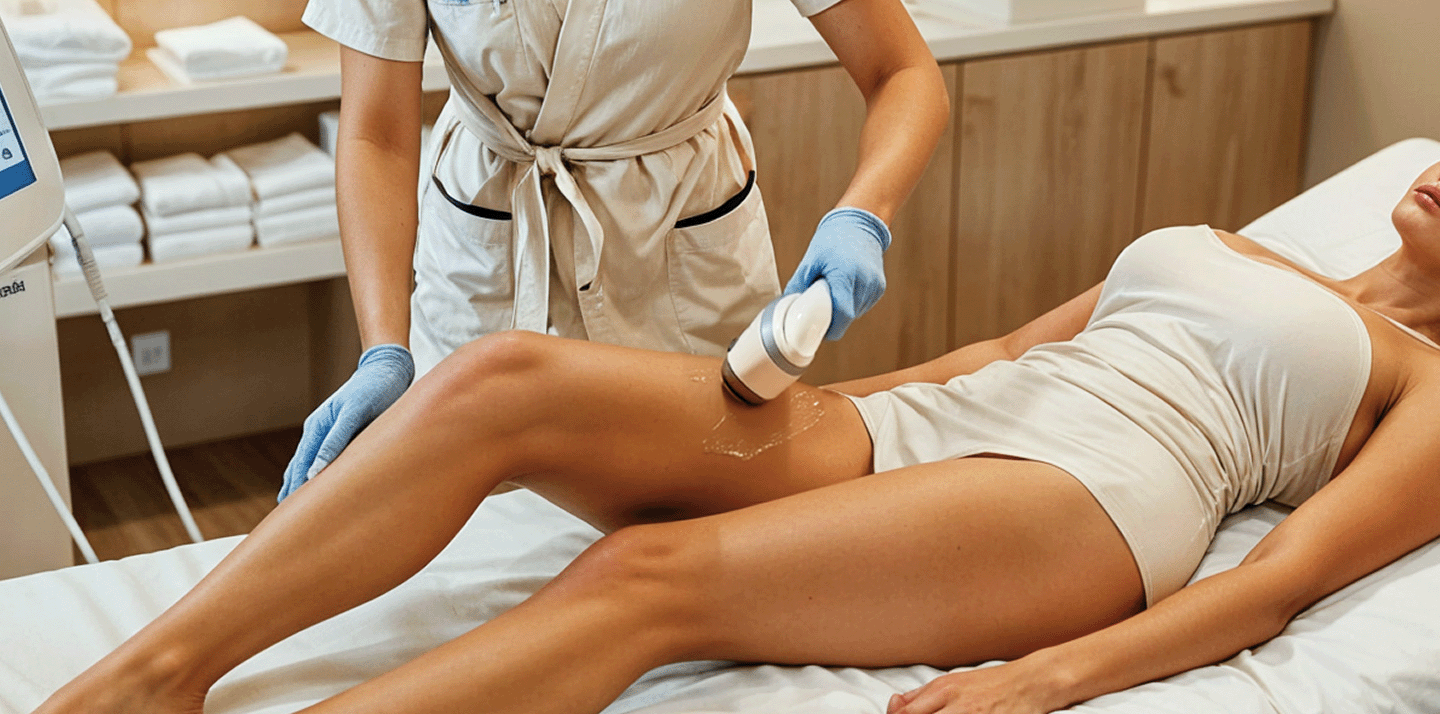














.png)

























-1.png)

